Cyber Attacks in Cyber-Physical Microgrid Systems: A Comprehensive Review
Abstract
1. Introduction
2. Real-World Cyber Attack Scenarios
3. Cyber Attacks in Cyber-Physical Systems
3.1. False Data Injection Attacks
3.2. Man-in-the-Middle Attack
3.3. Denial of Service Attack
4. Defense Mechanisms
4.1. Network-Level Cyber Security
4.2. Device-Level Cyber Security
4.3. Cyber Security for CPS
5. Artificial Intelligence in Cyber-Physical Systems
5.1. Artificial Intelligence for Cyber Security
5.2. Cyber Security Databases
5.3. Challenges for AI in Cyber Security
6. Role of AI in Microgrid Control and Safety
Microgrid Cyber Security Using AI
7. Case Study of Stealth FDI Attack on DC-DC Converter
7.1. Proposed Methodology
7.1.1. Modelling of Stealth Local Covert FDI Attack (SLCA-FDIA)
and B11Da = Va(t)
7.1.2. Deep Learning Controller Design
- A set of training examples dt is collected.
- The deep learning model architecture is designed by determining the hyperparameters, such as the number of hidden layers, the number of hidden neurons in each layer, and the learning rate.
- The initialization of weights and biases is carried out.
- The training parameters of the model, such as activation function, optimizer and loss function, are determined.
- The model is trained with training data.
- The deep learning model is evaluated with testing data.
- The trained deep learning model is deployed.
α1 = f (ϕ1)
α2 = f (ϕ2)
7.1.3. Detection and Mitigation of SLCA-FDIA
7.2. Simulation Results
7.2.1. FDI Attack on the Output Voltage Sensor
7.2.2. FDI Attack on the Input Voltage Sensor
7.2.3. FDI Attack on the Input Voltage Sensor and Stealth Attack
7.3. Hardware Implementation
8. Conclusions and Future Scope
Funding
Data Availability Statement
Conflicts of Interest
Abbreviations
| ARP | Address resolution protocol |
| CCS | Change cipher spec |
| CPS | Cyber-physical systems |
| DARPA | Defense Advanced Research Projects Agency |
| DNS | Domain name server |
| EAP | Extensible authentication protocol |
| EV | Electric vehicle |
| HTTP | Hypertext transfer protocol |
| HTTPS | Hypertext transfer protocol secure |
| IP | Internet protocol |
| KDD99 | Knowledge Discovery in Databases 1999 |
| MAC | Media access control |
| OSI | Open system interconnection |
| PLC | Programmable logical controller |
| RES | Renewable energy sources |
| SSL | Secure socket layer |
| TCP | Transfer control protocol |
| FDI | False data injection |
| SLCA | Stealthy local covert attack |
| FFBP | Feedforward back propagation |
| RMSE | Root mean squared error |
| GOOSE | Generic object-oriented system-wide events |
| DNP | Distributed network protocol |
| IEC | International Electrotechnical Commission |
| IDS | Intrusion detection system |
| LDOS | Low rate denial of service |
| NARX | Nonlinear autoregressive network with exogenous inputs |
| MPC | Model predictive control |
| ANN | Artificial neural network |
| PI | Proportional integral |
| LSTM | Long short-term memory |
| XGBOOST | Extreme gradient boosting |
| GRU | Gated recurrent unit |
References
- Bong, C.P.; Hashim, H.; Ho, W.S.; Ab Muis, Z.B.; Yunus, N.A.B.; Demoral, A.; Tirta, A.; Kresnawan, M.R.; Safrina, R.; Rosalia, S.A. Integration of Variable Renewable Energy, Electric Vehicle, and Smart Microgrid in ASEAN: A Focus Group Discussion Approach. In Proceedings of the IOP Conference Series: Earth and Environmental Science, Online, 14 September 2021; IOP Publishing: Bristol, UK, 2022; Volume 997, p. 012013. [Google Scholar]
- Kulkarni, S.V.; Gaonkar, D.N. Operation and control of a microgrid in isolated mode with multiple distributed generation systems. In Proceedings of the 2017 International Conference on Technological Advancements in Power and Energy (TAP Energy), Kollam, India, 21–23 December 2017; pp. 1–6. [Google Scholar] [CrossRef]
- Hossain, E.; Kabalcı, E.; Bayindir, R.; Perez, R. A comprehensive study on microgrid technology. Int. J. Renew. Energy Res. 2014, 4, 1094–1104. [Google Scholar]
- Bani-Ahmed, S.; Weber, L.; Nasiri, A.; Hosseini, H. Microgrid communications: State of the art and future trends. In Proceedings of the 2014 International Conference on Renewable Energy Research and Application (ICRERA), Milwaukee, WI, USA, 19–22 October 2014; pp. 780–785. [Google Scholar] [CrossRef]
- Kumar, S.; Islam, S.; Jolfaei, A. Microgrid communications—Protocols and standards. Var. Scalability Stab. Microgr. 2019, 139, 291–326. [Google Scholar] [CrossRef]
- Serban, I.; Céspedes, S.; Marinescu, C.; Azurdia-Meza, C.A.; Gómez, J.S.; Hueichapan, D.S. Communication Requirements in Microgrids: A Practical Survey. IEEE Access 2020, 8, 47694–47712. [Google Scholar] [CrossRef]
- Robinson, M.; Jones, K.; Janicke, H. Cyber warfare: Issues and challenges. Comput. Secur. 2015, 49, 70–94. [Google Scholar] [CrossRef]
- Zwilling, M.; Klien, G.; Lesjak, D.; Wiechetek, Ł.; Cetin, F.; Basim, H.N. Cyber security awareness, knowledge and behavior: A comparative study. J. Comput. Inf. Syst. 2022, 62, 82–97. [Google Scholar] [CrossRef]
- Chasanah, B.; Candiwan, C. Analysis of College Students’ Cybersecurity Awareness in Indonesia. SISFORMA 2020, 7, 49. [Google Scholar] [CrossRef]
- Hong, W.C.H.; Chi, C.; Liu, J.; Zhang, Y.; Lei, V.N.L.; Xu, X. The influence of social education level on cybersecurity awareness and behaviour: A comparative study of university students and working graduates. Educ. Inf. Technol. 2023, 28, 439–470. [Google Scholar] [CrossRef]
- Cyber Security Research Report 2020; National Technology Security Coalition: Atlanta, GA, USA, 2021.
- Freet, D.; Agrawal, R. Cyber Espionage; Springer: Cham, Switzerland, 2017. [Google Scholar] [CrossRef]
- Schaefer, T.; Brown, B.; Graessle, F.; Salzsieder, L. Cybersecurity: Common risks: A dynamic set of internal and external threats includes loss of data and revenue, sabotage at the hands of current or former employees, and a PR nightmare. Strateg. Financ. 2017, 99, 54–62. [Google Scholar]
- Hamid, A. Denial of Service Attacks: Tools and Categories. Int. J. Eng. Res. 2020, 9, 631–636. [Google Scholar] [CrossRef]
- Nguyen, T.; Wang, S.; Alhazmi, M.; Nazemi, M.; Estebsari, A.; Dehghanian, P. Electric Power Grid Resilience to Cyber Adversaries: State of the Art. IEEE Access 2020, 8, 87592–87608. [Google Scholar] [CrossRef]
- Goswami, M. Fake News and Cyber Propaganda: A Study of Manipulation and Abuses on Social Media. In Mediascape in 21st Century: Emerging Perspectives; Kanishka Publishers: Delhi, India, 2018; pp. 535–544. [Google Scholar]
- Eling, M.; Elvedi, M.; Falco, G. The economic impact of extreme cyber risk scenarios. N. Am. Actuar. J. 2022, 1–15. [Google Scholar] [CrossRef]
- Collins, S.; McCombie, S. Stuxnet: The emergence of a new cyber weapon and its implications. J. Polic. Intell. Count. Terror. 2012, 7, 80–91. [Google Scholar] [CrossRef]
- Dehlawi, Z.; Abokhodair, N. Saudi Arabia’s response to cyber conflict: A case study of the Shamoon malware incident. In Proceedings of the 2013 IEEE International Conference on Intelligence and Security Informatics, Seattle, WA, USA, 4–7 June 2013; pp. 73–75. [Google Scholar] [CrossRef]
- Guo, Q.; Xin, S.; Wang, J. Comprehensive security assessment for a cyber physical energy system: A lesson from Ukraine’s blackout. Dianli Xitong Zidonghua/Autom. Electr. Power Syst. 2016, 40, 145–147. [Google Scholar] [CrossRef]
- Cherepanov, A.; Lipovsky, R. Blackenergy–What We Really Know about the Notorious Cyber Attacks. Virus Bulletin 2016, 1–8. [Google Scholar]
- Halevi, T.; Memon, N.; Nov, O. Spear-Phishing in the Wild: A Real-World Study of Personality, Phishing Self-Efficacy and Vulnerability to Spear-Phishing Attacks. SSRN Electron. J. 2015. [Google Scholar] [CrossRef]
- Cherepanov, A.; Lipovsky, R. Industroyer: Biggest Threat to Industrial Control Systems Since Stuxnet; WeLiveSecurity, ESET: San Diego, CA, USA, 2017; Volume 12. [Google Scholar]
- Herzog, S. Revisiting the Estonian cyber attacks: Digital threats and multinational responses. J. Strateg. Secur. 2011, 4, 49–60. [Google Scholar] [CrossRef]
- Lazar, M. The Russian Cyber Campaign against Georgia (2008). Int. Annu. Sci. Sess. Strateg. 2012, 21, 500–505. [Google Scholar]
- Keizer, G. Cyberattacks Knock out Georgia’s Internet Presence. Computerworld 2008, 24, 2010. [Google Scholar]
- Sang-Hun, C.; Markoff, J. Cyberattacks Jam Government and Commercial Web Sites in US and South Korea. New York Times, 9 July 2009. [Google Scholar]
- Sanger, D.E.; Barboza, D.; Perlroth, N. Chinese army unit is seen as tied to hacking against US. New York Times, 19 February 2013; p. 18. [Google Scholar]
- Deibert, R.J.; Rohozinski, R.; Manchanda, A.; Villeneuve, N.; Walton, G. Tracking Ghostnet: Investigating a Cyber Espionage Network; University of Oxford: Oxford, UK, 2009. [Google Scholar]
- Norton-Taylor, R. Titan Rain: How Chinese Hackers Targeted Whitehall. Guardian 2007, 5. [Google Scholar]
- Espionage, I.C. Shadows in the Cloud. 2010. Available online: https://paper.seebug.org/papers/APT/APT_CyberCriminal_Campagin/2010/shadows-in-the-cloud.pdf (accessed on 2 May 2023).
- Dudley, R.; Golden, D. The Colonial Pipeline Ransomware Hackers Had a Secret Weapon: Self-Promoting Cybersecurity Firms; MIT Technology Review and ProPublica: Cambridge, MA, USA, 2021. [Google Scholar]
- Khoshnood, A. The Attack on Natanz and the JCPOA; BESA Center Perspectives Paper; BESA Center: Ramat Gan, Israel, 2021. [Google Scholar]
- Deng, R.; Xiao, G.; Lu, R.; Liang, H.; Vasilakos, A.V. False data injection on state estimation in power systems—Attacks, impacts, and defense: A survey. IEEE Trans. Ind. Inform. 2016, 13, 411–423. [Google Scholar] [CrossRef]
- Liang, G.; Zhao, J.; Luo, F.; Weller, S.; Dong, Z. A Review of False Data Injection Attacks Against Modern Power Systems. IEEE Trans. Smart Grid 2016, 8, 1630–1638. [Google Scholar] [CrossRef]
- Halfond, W.G.; Viegas, J.; Orso, A. A classification of SQL-injection attacks and countermeasures. In Proceedings of the IEEE International Symposium on Secure Software Engineering, Washington, DC, USA, 13–15 March 2006; Volume 1, pp. 13–15. [Google Scholar]
- Endler, D. The Evolution of Cross Site Scripting Attacks; Technical Report; iDEFENSE Labs: Botany, Australia, 2002. [Google Scholar]
- Mode, G.R.; Calyam, P.; Hoque, K.A. False data injection attacks in internet of things and deep learning enabled predictive analytics. arXiv 2019, arXiv:1910.01716. [Google Scholar]
- Wlazlo, P.; Sahu, A.; Mao, Z.; Huang, H.; Goulart, A.; Davis, K.; Zonouz, S. Man-in-the-middle attacks and defence in a power system cyber-physical testbed. IET Cyber-Phys. Syst. Theory Appl. 2021, 6, 164–177. [Google Scholar] [CrossRef]
- Ali, F. IP spoofing. Internet Protoc. J. 2007, 10, 1–9. [Google Scholar]
- Whalen, S. An Introduction to arp Spoofing. Node99 [Online Document] 2001. Available online: https://www.cavalcantetreinamentos.com.br/blog/material-sala-de-aula/Seguranca%20em%20Redes/Outros/arp_spoofing_slides.pdf (accessed on 2 May 2023).
- Steinhoff, U.; Wiesmaier, A.; Araújo, R. The state of the art in DNS spoofing. In Proceedings of the 4th International Conference on Applied Cryptography and Network Security (ACNS), Singapore, 6–9 June 2006. [Google Scholar]
- Gangan, S. A review of man-in-the-middle attacks. arXiv 2015, arXiv:1504.02115. [Google Scholar]
- Elleithy, K.M.; Blagovic, D.; Cheng, W.K.; Sideleau, P. Denial of Service Attack Techniques: Analysis, Implementation and Comparison; Sacred Heart University: Fairfield, Connecticut, 2005. [Google Scholar]
- Long, N.; Thomas, R. Trends in Denial of Service Attack Technology; CERT Coordination Center: Pittsburgh, PA, USA, 2001; Volume 648, p. 651. [Google Scholar]
- Lau, F.; Rubin, S.H.; Smith, M.H.; Trajkovic, L. Distributed denial of service attacks. In Proceedings of the SMC 2000 Conference, 2000 IEEE International Conference on Systems, Man and Cybernetics. ‘Cybernetics Evolving to Systems, Humans, Organizations, and Their Complex Interactions’ (Cat. No. 0), Nashville, TN, USA, 8–11 October 2000; Volume 3, pp. 2275–2280. [Google Scholar]
- Nur, A.Y.; Tozal, M.E. Defending cyber-physical systems against dos attacks. In Proceedings of the 2016 IEEE International Conference on Smart Computing (SMARTCOMP), St Louis, MO, USA, 18–20 May 2016; pp. 1–3. [Google Scholar]
- Liu, S.; Li, S.; Xu, B. Event-triggered resilient control for cyber physical system under denial-of-service attacks. Int. J. Control 2018, 93, 1907–1919. [Google Scholar] [CrossRef]
- Neupane, K.; Haddad, R.; Chen, L. Next generation firewall for network security: A survey. In Proceedings of the IEEE SoutheastCon 2018, St. Petersburg, FL, USA, 19–22 April 2018; pp. 1–6. [Google Scholar]
- Lal, N.A.; Prasad, S.; Farik, M. A review of authentication methods. Int. J. Sci. Technol. Res. 2016, 5, 246–249. [Google Scholar]
- Post, G.; Kagan, A. Management tradeoffs in anti-virus strategies. Inf. Manag. 2000, 37, 13–24. [Google Scholar] [CrossRef]
- Delfs, H.; Knebl, H.; Delfs, H.; Knebl, H. Symmetric-Key Cryptography. In Introduction to Cryptography: Principles and Application; Springer: Berlin/Heidelberg, Germany, 2015; pp. 11–48. [Google Scholar]
- Chandra, S.; Paira, S.; Alam, S.S.; Sanyal, G. A comparative survey of symmetric and asymmetric key cryptography. In Proceedings of the 2014 IEEE International Conference on Electronics, Communication and Computational Engineering (ICECCE), Tamilnadu, India, 17–18 November 2014; pp. 83–93. [Google Scholar]
- Mukkamala, P.P.; Rajendran, S. A survey on the different firewall technologies. Int. J. Eng. Appl. Sci. Technol. 2020, 5, 363–365. [Google Scholar] [CrossRef]
- El-Atawy, A.; Al-Shaer, E.; Tran, T.; Boutaba, R. Adaptive early packet filtering for defending firewalls against DoS attacks. In Proceedings of the IEEE INFOCOM 2009, Rio De Janeiro, Brazil, 24 April 2009; pp. 2437–2445. [Google Scholar]
- Liao, H.J.; Lin, C.H.R.; Lin, Y.C.; Tung, K.Y. Intrusion detection system: A comprehensive review. J. Netw. Comput. Appl. 2013, 36, 16–24. [Google Scholar] [CrossRef]
- Khraisat, A.; Gondal, I.; Vamplew, P.; Kamruzzaman, J. Survey of intrusion detection systems: Techniques, datasets and challenges. Cybersecurity 2019, 2, 1–22. [Google Scholar] [CrossRef]
- Ioulianou, P.; Vasilakis, V.; Moscholios, I.; Logothetis, M. A signature-based intrusion detection system for the internet of things. In Proceedings of the Information and Communication Technology Form, Heslington, UK, 11–13 July 2018. [Google Scholar]
- Gyanchandani, M.; Rana, J.; Yadav, R. Taxonomy of anomaly based intrusion detection system: A review. Int. J. Sci. Res. Publ. 2012, 2, 1–13. [Google Scholar]
- Wang, Z.; Li, X. Intrusion prevention system design. In Proceedings of the International Conference on Information Engineering and Applications (IEA) 2012, Chongqing, China, 26–28 October 2012; Springer: Berlin, Germany, 2013; Volume 3, pp. 375–382. [Google Scholar]
- Zhang, J.; Peng, S.; Gao, Y.; Zhang, Z.; Hong, Q. APMSA: Adversarial Perturbation Against Model Stealing Attacks. IEEE Trans. Inf. Secur. 2023, 18, 1667–1679. [Google Scholar] [CrossRef]
- Li, B.; Zhou, X.; Ning, Z.; Guan, X.; Yiu, K.F.C. Dynamic event-triggered security control for networked control systems with cyber-attacks: A model predictive control approach. Inf. Sci. 2022, 612, 384–398. [Google Scholar] [CrossRef]
- Lv, Z.; Qiao, L.; Hossain, M.S.; Choi, B.J. Analysis of using blockchain to protect the privacy of drone big data. IEEE Netw. 2021, 35, 44–49. [Google Scholar] [CrossRef]
- Chen, Y.; Zhu, L.; Hu, Z.; Chen, S.; Zheng, X. Risk propagation in multilayer heterogeneous network of coupled system of large engineering project. J. Manag. Eng. 2022, 38, 04022003. [Google Scholar] [CrossRef]
- Schweppe, F.C.; Wildes, J. Power system static-state estimation, Part I: Exact model. IEEE Trans. Power Appar. Syst. 1970, PAS-89, 120–125. [Google Scholar] [CrossRef]
- Beg, O.A.; Nguyen, L.V.; Johnson, T.T.; Davoudi, A. Signal temporal logic-based attack detection in DC microgrids. IEEE Trans. Smart Grid 2018, 10, 3585–3595. [Google Scholar] [CrossRef]
- Jin, D.; Li, Z.; Hannon, C.; Chen, C.; Wang, J.; Shahidehpour, M.; Lee, C.W. Toward a cyber resilient and secure microgrid using software-defined networking. IEEE Trans. Smart Grid 2017, 8, 2494–2504. [Google Scholar] [CrossRef]
- Gong, J.; Rezaeipanah, A. A fuzzy delay-bandwidth guaranteed routing algorithm for video conferencing services over SDN networks. Multimed. Tools Appl. 2023, 1–30. [Google Scholar] [CrossRef]
- Kushal, T.R.B.; Lai, K.; Illindala, M.S. Risk-based mitigation of load curtailment cyber attack using intelligent agents in a shipboard power system. IEEE Trans. Smart Grid 2018, 10, 4741–4750. [Google Scholar] [CrossRef]
- Nikmehr, N.; Moradi Moghadam, S. Game-theoretic cybersecurity analysis for false data injection attack on networked microgrids. IET Cyber-Phys. Syst. Theory Appl. 2019, 4, 365–373. [Google Scholar] [CrossRef]
- Cai, W.; Shea, R.; Huang, C.Y.; Chen, K.T.; Liu, J.; Leung, V.C.; Hsu, C.H. A survey on cloud gaming: Future of computer games. IEEE Access 2016, 4, 7605–7620. [Google Scholar] [CrossRef]
- Chlela, M.; Mascarella, D.; Joos, G.; Kassouf, M. Fallback control for isochronous energy storage systems in autonomous microgrids under denial-of-service cyber-attacks. IEEE Trans. Smart Grid 2017, 9, 4702–4711. [Google Scholar] [CrossRef]
- Liu, G. Data collection in mi-assisted wireless powered underground sensor networks: Directions, recent advances, and challenges. IEEE Commun. Mag. 2021, 59, 132–138. [Google Scholar] [CrossRef]
- Zhao, K.; Jia, Z.; Jia, F.; Shao, H. Multi-scale integrated deep self-attention network for predicting remaining useful life of aero-engine. Eng. Appl. Artif. Intell. 2023, 120, 105860. [Google Scholar] [CrossRef]
- Zhan, C.; Dai, Z.; Yang, Z.; Zhang, X.; Ma, Z.; Thanh, H.V.; Soltanian, M.R. Subsurface sedimentary structure identification using deep learning: A review. Earth-Sci. Rev. 2023, 239, 104370. [Google Scholar] [CrossRef]
- Liu, H.; Yue, Y.; Liu, C.; Spencer, B.; Cui, J. Automatic recognition and localization of underground pipelines in GPR B-scans using a deep learning model. Tunn. Undergr. Space Technol. 2023, 134, 104861. [Google Scholar] [CrossRef]
- Li, B.; Lu, Y.; Pang, W.; Xu, H. Image Colorization using CycleGAN with semantic and spatial rationality. Multimed. Tools Appl. 2023, 82, 21641–21655. [Google Scholar] [CrossRef]
- Zhang, X.; Wen, S.; Yan, L.; Feng, J.; Xia, Y. A Hybrid-Convolution Spatial–Temporal Recurrent Network for Traffic Flow Prediction. Comput. J. 2022, bxac171. [Google Scholar] [CrossRef]
- Zhang, Z.; Ning, H.; Shi, F.; Farha, F.; Xu, Y.; Xu, J.; Zhang, F.; Choo, K.K.R. Artificial intelligence in cyber security: Research advances, challenges, and opportunities. Artif. Intell. Rev. 2022, 55, 1029–1053. [Google Scholar] [CrossRef]
- Shrestha Chitrakar, A.; Petrović, S. Efficient k-means using triangle inequality on spark for cyber security analytics. In Proceedings of the ACM International Workshop on Security and Privacy Analytics, Dallas, TX, USA, 27 March 2019; pp. 37–45. [Google Scholar]
- Husák, M.; Kašpar, J.; Bou-Harb, E.; Čeleda, P. On the sequential pattern and rule mining in the analysis of cyber security alerts. In Proceedings of the 12th International Conference on Availability, Reliability and Security, Reggio Calabria, Italy, 29 August–1 September 2017; pp. 1–10. [Google Scholar]
- Azeez, N.A.; Ayemobola, T.J.; Misra, S.; Maskeliūnas, R.; Damaševičius, R. Network intrusion detection with a hashing based apriori algorithm using Hadoop MapReduce. Computers 2019, 8, 86. [Google Scholar] [CrossRef]
- Aung, Y.Y.; Min, M.M. Hybrid intrusion detection system using K-means and K-nearest neighbors algorithms. In Proceedings of the 2018 IEEE/ACIS 17th International Conference on Computer and Information Science (ICIS), Singapore, 6–8 June 2018; pp. 34–38. [Google Scholar]
- Majeed, R.; Abdullah, N.A.; Mushtaq, M.F. IoT-based Cyber-security of Drones using the Naïve Bayes Algorithm. Int. J. Adv. Comput. Sci. Appl. 2021, 12, 7. [Google Scholar] [CrossRef]
- Meyer, D.; Wien, F. Support Vector Machines. In The Interface to Libsvm in Package e1071; Technische Universit: Wien, Austria, 2015; Volume 28, p. 20. [Google Scholar]
- Al-Omari, M.; Rawashdeh, M.; Qutaishat, F.; Alshira’H, M.; Ababneh, N. An intelligent tree-based intrusion detection model for cyber security. J. Netw. Syst. Manag. 2021, 29, 20. [Google Scholar] [CrossRef]
- Rahman, C.M.; Farid, D.M.; Harbi, N.; Bahri, E.; Rahman, M.Z. Attacks Classification in Adaptive Intrusion Detection Using Decision Tree. 2010. Available online: http://dspace.uiu.ac.bd/handle/52243/73 (accessed on 2 May 2023).
- Ferrag, M.A.; Maglaras, L.; Ahmim, A.; Derdour, M.; Janicke, H. Rdtids: Rules and decision tree-based intrusion detection system for internet-of-things networks. Future Internet 2020, 12, 44. [Google Scholar] [CrossRef]
- Choubisa, M.; Doshi, R.; Khatri, N.; Hiran, K.K. A simple and robust approach of random forest for intrusion detection system in cyber security. In Proceedings of the 2022 IEEE International Conference on IoT and Blockchain Technology (ICIBT), Ranchi, India, 6–8 May 2022; pp. 1–5. [Google Scholar]
- Chen, Z.; Zhou, L.; Yu, W. ADASYN- Random Forest Based Intrusion Detection Model. In Proceedings of the 2021 4th International Conference on Signal Processing and Machine Learning, Beijing, China, 18–20 August 2021; pp. 152–159. [Google Scholar]
- Apruzzese, G.; Andreolini, M.; Colajanni, M.; Marchetti, M. Hardening random forest cyber detectors against adversarial attacks. IEEE Trans. Emerg. Top. Comput. Intell. 2020, 4, 427–439. [Google Scholar] [CrossRef]
- Shrestha, A.; Mahmood, A. Review of deep learning algorithms and architectures. IEEE Access 2019, 7, 53040–53065. [Google Scholar] [CrossRef]
- Bapiyev, I.M.; Aitchanov, B.H.; Tereikovskyi, I.A.; Tereikovska, L.A.; Korchenko, A.A. Deep neural networks in cyber attack detection systems. Int. J. Civ. Eng. Technol. (IJCIET) 2017, 8, 1086–1092. [Google Scholar]
- Zhou, L.; Ouyang, X.; Ying, H.; Han, L.; Cheng, Y.; Zhang, T. Cyber-attack classification in smart grid via deep neural network. In Proceedings of the 2nd International Conference on Computer Science and Application Engineering, Hohhot, China, 22–24 October 2018; pp. 1–5. [Google Scholar]
- Jemal, I.; Haddar, M.A.; Cheikhrouhou, O.; Mahfoudhi, A. Performance evaluation of Convolutional Neural Network for web security. Comput. Commun. 2021, 175, 58–67. [Google Scholar] [CrossRef]
- Alabadi, M.; Celik, Y. Anomaly detection for cyber-security based on convolution neural network: A survey. In Proceedings of the IEEE 2020 International Congress on Human-Computer Interaction, Optimization and Robotic Applications (HORA), Ankara, Turkey, 26–27 June 2020; pp. 1–14. [Google Scholar]
- Tang, T.A.; McLernon, D.; Mhamdi, L.; Zaidi, S.A.R.; Ghogho, M. Intrusion Detection in Sdn-Based Networks: Deep Recurrent Neural Network Approach. In Deep Learning Applications for Cyber Security; Springer: Cham, Switzerland, 2019; pp. 175–195. [Google Scholar]
- Feltus, C. Learning algorithm recommendation framework for IS and CPS security: Analysis of the RNN, LSTM, and GRU contributions. Int. J. Syst. Softw. Secur. Prot. (IJSSSP) 2022, 13, 1–23. [Google Scholar] [CrossRef]
- Tasneem, S.; Gupta, K.D.; Roy, A.; Dasgupta, D. Generative Adversarial Networks (GAN) for Cyber Security: Challenges and Opportunities. In Proceedings of the 2022 IEEE Symposium Series on Computational Intelligence, Singapore, 4–7 December 2022. [Google Scholar]
- Chen, D.; Wawrzynski, P.; Lv, Z. Cyber security in smart cities: A review of deep learning-based applications and case studies. Sustain. Cities Soc. 2021, 66, 102655. [Google Scholar] [CrossRef]
- Yousefi-Azar, M.; Varadharajan, V.; Hamey, L.; Tupakula, U. Autoencoder-based feature learning for cyber security applications. In Proceedings of the 2017 IEEE International Joint Conference on Neural Networks (IJCNN), Anchorage, AK, USA, 14–19 May 2017; pp. 3854–3861. [Google Scholar]
- Li, C.; Qiu, M.; Li, C. Reinforcement Learning for Cybersecurity. Reinf. Learn. Cyber-Phys. Syst 2019, 155–168. [Google Scholar]
- IMPACT. Available online: https://www.impactcybertrust.org/ (accessed on 2 May 2023).
- Traffic Data from Kyoto University’s Honeypots. Available online: http://www.takakura.com/Kyoto_data/ (accessed on 2 May 2023).
- KDD Cup 1999 Data. Available online: http://kdd.ics.uci.edu/databases/kddcup99/kddcup99.html (accessed on 2 May 2023).
- NSL-KDD|Datasets|Research|Canadian Institute for Cybersecurity|UNB. Available online: https://www.unb.ca/cic/datasets/nsl.html (accessed on 2 May 2023).
- 1998 DARPA Intrusion Detection Evaluation Dataset|MIT Lincoln Laboratory. Available online: https://www.ll.mit.edu/r-d/datasets/1998-darpa-intrusion-detection-evaluation-dataset (accessed on 2 May 2023).
- The UNSW-NB15 Dataset|UNSW Research. Available online: https://research.unsw.edu.au/projects/unsw-nb15-dataset (accessed on 2 May 2023).
- Insider Threat Test Dataset. Available online: https://resources.sei.cmu.edu/library/asset-view.cfm?assetid=508099 (accessed on 2 May 2023).
- The Bot-IoT Dataset|UNSW Research. Available online: https://research.unsw.edu.au/projects/bot-iot-dataset (accessed on 2 May 2023).
- MAWIWorking Group Traffic Archive. Available online: https://mawi.wide.ad.jp/mawi/ (accessed on 2 May 2023).
- Keila, P.; Skillicorn, D. Structure in the Enron email dataset. In Proceedings of the Workshop on Link Analysis, Security and Counterterrorism, SIAM International Conference on Data Mining, Newport Beach, CA, USA, 21–23 April 2005; pp. 55–64. [Google Scholar]
- Yang, L.; Ciptadi, A.; Laziuk, I.; Ahmadzadeh, A.; Wang, G. BODMAS: An open dataset for learning based temporal analysis of PE malware. In Proceedings of the 2021 IEEE Security and Privacy Workshops (SPW), San Francisco, CA, USA, 27 May 2021; pp. 78–84. [Google Scholar]
- Kumar, R.; Zhang, X.; Khan, R.U.; Kumar, J.; Ahad, I. Effective and explainable detection of android malware based on machine learning algorithms. In Proceedings of the 2018 International Conference on Computing and Artificial Intelligence, Sanya, China, 21–23 December 2018; pp. 35–40. [Google Scholar]
- CAIDA Data—Completed Datasets—CAIDA. Available online: https://www.caida.org/catalog/datasets/completed-datasets/ (accessed on 2 May 2023).
- Amor, N.B.; Benferhat, S.; Elouedi, Z. Naive bayes vs decision trees in intrusion detection systems. In Proceedings of the 2004 ACM Symposium on Applied Computing, Nicosia, Cyprus, 14–17 March 2004; pp. 420–424. [Google Scholar]
- Amiri, F.; Yousefi, M.R.; Lucas, C.; Shakery, A.; Yazdani, N. Mutual information-based feature selection for intrusion detection systems. J. Netw. Comput. Appl. 2011, 34, 1184–1199. [Google Scholar] [CrossRef]
- Zhang, J.; Zulkernine, M.; Haque, A. Random-forests-based network intrusion detection systems. IEEE Trans. Syst. Man Cybern. Part C (Appl. Rev.) 2008, 38, 649–659. [Google Scholar] [CrossRef]
- Hasan, M.A.M.; Nasser, M.; Ahmad, S.; Molla, K.I. Feature selection for intrusion detection using random forest. J. Inf. Secur. 2016, 7, 129–140. [Google Scholar] [CrossRef]
- Gao, N.; Gao, L.; Gao, Q.; Wang, H. An intrusion detection model based on deep belief networks. In Proceedings of the 2014 IEEE Second International Conference on Advanced Cloud and Big Data, Huangshan, China, 20–22 November 2014; pp. 247–252. [Google Scholar]
- Xu, C.; Shen, J.; Du, X.; Zhang, F. An Intrusion Detection System Using a Deep Neural Network With Gated Recurrent Units. IEEE Access 2018, 6, 48697–48707. [Google Scholar] [CrossRef]
- Ahsan, M.; Nygard, K.E. Convolutional Neural Networks with LSTM for Intrusion Detection. In Proceedings of the 35th International Conference on Computers and Their Applications, San Francisco, CA, USA, 23–25 March 2020; Volume 69, pp. 69–79. [Google Scholar]
- Gurung, S.; Ghose, M.K.; Subedi, A. Deep learning approach on network intrusion detection system using NSL-KDD dataset. Int. J. Comput. Netw. Inf. Secur. 2019, 11, 8–14. [Google Scholar] [CrossRef]
- Ding, Y.; Zhai, Y. Intrusion detection system for NSL-KDD dataset using convolutional neural networks. In Proceedings of the 2018 2nd International Conference on Computer Science and Artificial Intelligence, Shenzhen, China, 8–10 December 2018; pp. 81–85. [Google Scholar]
- Lv, Z.; Chen, D.; Lou, R.; Song, H. Industrial Security Solution for Virtual Reality. IEEE Internet Things J. 2021, 8, 6273–6281. [Google Scholar] [CrossRef]
- Li, J.; Deng, Y.; Sun, W.; Li, W.; Li, R.; Li, Q.; Liu, Z. Resource Orchestration of Cloud-Edge–Based Smart Grid Fault Detection. ACM Trans. Sensor Netw. (TOSN) 2022, 18, 1–26. [Google Scholar] [CrossRef]
- Shi, D.; Guo, Z.; Johansson, K.H.; Shi, L. Causality Countermeasures for Anomaly Detection in Cyber-Physical Systems. IEEE Trans. Autom. Control 2018, 63, 386–401. [Google Scholar] [CrossRef]
- Nguyen, K.K.; Hoang, D.T.; Niyato, D.; Wang, P.; Nguyen, D.; Dutkiewicz, E. Cyberattack detection in mobile cloud computing: A deep learning approach. In Proceedings of the 2018 IEEE Wireless Communications and Networking Conference (WCNC), Barcelona, Spain, 15–18 April 2018; pp. 1–6. [Google Scholar]
- Shin, J.; Baek, Y.; Eun, Y.; Son, S.H. Intelligent sensor attack detection and identification for automotive cyber-physical systems. In Proceedings of the 2017 IEEE Symposium Series on Computational Intelligence (SSCI), Honolulu, HI, USA, 27 November–1 December 2017; pp. 1–8. [Google Scholar]
- Hodo, E.; Bellekens, X.; Hamilton, A.; Dubouilh, P.L.; Iorkyase, E.; Tachtatzis, C.; Atkinson, R. Threat analysis of IoT networks using artificial neural network intrusion detection system. In Proceedings of the 2016 IEEE International Symposium on Networks, Computers and Communications (ISNCC), Hammamet, Tunisia, 11–13 May 2016; pp. 1–6. [Google Scholar]
- Niu, X.; Li, J.; Sun, J.; Tomsovic, K. Dynamic detection of false data injection attack in smart grid using deep learning. In Proceedings of the 2019 IEEE Power & Energy Society Innovative Smart Grid Technologies Conference (ISGT), Washington, DC, USA, 18–21 February 2019; pp. 1–6. [Google Scholar]
- Ravipati, R.D.; Abualkibash, M. Intrusion detection system classification using different machine learning algorithms on KDD-99 and NSL-KDD datasets-a review paper. Int. J. Comput. Sci. Inf. Technol. (IJCSIT) 2019, 11. [Google Scholar] [CrossRef]
- Choudhary, S.; Kesswani, N. Analysis of KDD-Cup’99, NSL-KDD and UNSW-NB15 datasets using deep learning in IoT. Procedia Comput. Sci. 2020, 167, 1561–1573. [Google Scholar] [CrossRef]
- Alrawashdeh, K.; Goldsmith, S. Optimizing Deep Learning Based Intrusion Detection Systems Defense Against White-Box and Backdoor Adversarial Attacks Through a Genetic Algorithm. In Proceedings of the 2020 IEEE Applied Imagery Pattern Recognition Workshop (AIPR), Washington, DC, USA, 13–15 October 2020; pp. 1–8. [Google Scholar]
- Kokila, R.; Selvi, S.T.; Govindarajan, K. DDoS detection and analysis in SDN-based environment using support vector machine classifier. In Proceedings of the 2014 IEEE Sixth International Conference on Advanced Computing (ICoAC), Chennai, India, 17–19 December 2014; pp. 205–210. [Google Scholar]
- Singh, M. User-Centered Spam Detection Using Linear and Non-Linear Machine Learning Models; University of Victoria: Victoria, BC, Canada, 2019. [Google Scholar]
- Livadas, C.; Walsh, R.; Lapsley, D.; Strayer, W.T. Usilng machine learning technliques to identify botnet traffic. In Proceedings of the 2006 31st IEEE Conference on Local Computer Networks, Tampa, FL, USA, 14–16 November 2006; pp. 967–974. [Google Scholar]
- Blowers, M.; Williams, J. Machine Learning Applied to Cyber Operations. In Network Science and Cybersecurity; Springer: New York, NY, USA, 2013; pp. 155–175. [Google Scholar]
- Li, Z.; Zhang, A.; Lei, J.; Wang, L. Real-time correlation of network security alerts. In Proceedings of the 2007 IEEE International Conference on e-Business Engineering (ICEBE’07), Hong Kong, China, 24–26 October 2007; pp. 73–80. [Google Scholar]
- Ding, Y.; Chen, S.; Xu, J. Application of deep belief networks for opcode based malware detection. In Proceedings of the 2016 IEEE International Joint Conference on Neural Networks (IJCNN), Vancouver, BC, Canada, 24–29 July 2016; pp. 3901–3908. [Google Scholar]
- Sou, K.C.; Sandberg, H.; Johansson, K.H. On the exact solution to a smart grid cyber-security analysis problem. IEEE Trans. Smart Grid 2013, 4, 856–865. [Google Scholar] [CrossRef]
- Abur, A.; Exposito, A.G. Power System State Estimation: Theory and Implementation; CRC Press: Boca Raton, FL, USA, 2004. [Google Scholar]
- Isozaki, Y.; Yoshizawa, S.; Fujimoto, Y.; Ishii, H.; Ono, I.; Onoda, T.; Hayashi, Y. Detection of cyber attacks against voltage control in distribution power grids with PVs. IEEE Trans. Smart Grid 2015, 7, 1824–1835. [Google Scholar] [CrossRef]
- Qi, J.; Hahn, A.; Lu, X.; Wang, J.; Liu, C.C. Cybersecurity for distributed energy resources and smart inverters. IET Cyber-Phys. Syst. Theory Appl. 2016, 1, 28–39. [Google Scholar] [CrossRef]
- Sargolzaei, A.; Yen, K.; Abdelghani, M.N. Delayed inputs attack on load frequency control in smart grid. In Proceedings of the IEEE ISGT 2014, Washington, DC, USA, 19–22 February 2014; pp. 1–5. [Google Scholar]
- Esfahani, P.M.; Vrakopoulou, M.; Margellos, K.; Lygeros, J.; Andersson, G. Cyber attack in a two-area power system: Impact identification using reachability. In Proceedings of the 2010 IEEE American Control Conference, Baltimore, MD, USA, 30 June–2 July 2010; pp. 962–967. [Google Scholar]
- Manson, S.; Anderson, D. Cybersecurity for protection and control systems: An overview of proven design solutions. IEEE Ind. Appl. Mag. 2019, 25, 14–23. [Google Scholar] [CrossRef]
- Kosut, O.; Jia, L.; Thomas, R.J.; Tong, L. Malicious data attacks on the smart grid. IEEE Trans. Smart Grid 2011, 2, 645–658. [Google Scholar] [CrossRef]
- James, J.; Hou, Y.; Li, V.O. Online false data injection attack detection with wavelet transform and deep neural networks. IEEE Trans. Ind. Inform. 2018, 14, 3271–3280. [Google Scholar]
- Chaojun, G.; Jirutitijaroen, P.; Motani, M. Detecting false data injection attacks in AC state estimation. IEEE Trans. Smart Grid 2015, 6, 2476–2483. [Google Scholar] [CrossRef]
- Tian, J.; Tan, R.; Guan, X.; Liu, T. Enhanced hidden moving target defense in smart grids. IEEE Trans. Smart Grid 2018, 10, 2208–2223. [Google Scholar] [CrossRef]
- Tan, R.; Nguyen, H.H.; Foo, E.Y.; Dong, X.; Yau, D.K.; Kalbarczyk, Z.; Iyer, R.K.; Gooi, H.B. Optimal false data injection attack against automatic generation control in power grids. In Proceedings of the 2016 ACM/IEEE 7th International Conference on Cyber-Physical Systems (ICCPS), Vienna, Austria, 11–14 April 2016; pp. 1–10. [Google Scholar]
- Liu, S.; Liu, X.P.; El Saddik, A. Denial-of-Service (dos) attacks on load frequency control in smart grids. In Proceedings of the 2013 IEEE PES Innovative Smart Grid Technologies Conference (ISGT), Washington, DC, USA, 24–27 February 2013; pp. 1–6. [Google Scholar]
- Singh, S.K.; Khanna, K.; Bose, R.; Panigrahi, B.K.; Joshi, A. Joint-transformation-based detection of false data injection attacks in smart grid. IEEE Trans. Ind. Inform. 2017, 14, 89–97. [Google Scholar] [CrossRef]
- Sadek, S.M.; Omran, W.A.; Hassan, M.A.M.; Talaat, H.E.A. Data Driven Stochastic Energy Management for Isolated Microgrids Based on Generative Adversarial Networks Considering Reactive Power Capabilities of Distributed Energy Resources and Reactive Power Costs. IEEE Access 2021, 9, 5397–5411. [Google Scholar] [CrossRef]
- Tang, Z.; Lin, Y.; Vosoogh, M.; Parsa, N.; Baziar, A.; Khan, B. Securing Microgrid Optimal Energy Management Using Deep Generative Model. IEEE Access 2021, 9, 63377–63387. [Google Scholar] [CrossRef]
- Zor, K.; Timur, O.; Teke, A. A state-of-the-art review of artificial intelligence techniques for short-term electric load forecasting. In Proceedings of the 2017 6th International Youth Conference on Energy (IYCE), Budapest, Hungary, 21–24 June 2017; pp. 1–7. [Google Scholar] [CrossRef]
- Baliyan, A.; Gaurav, K.; Mishra, S.K. A Review of Short Term Load Forecasting using Artificial Neural Network Models. Procedia Comput. Sci. 2015, 48, 121–125. [Google Scholar] [CrossRef]
- Abdelgayed, T.S.; Morsi, W.G.; Sidhu, T.S. A New Approach for Fault Classification in Microgrids Using Optimal Wavelet Functions Matching Pursuit. IEEE Trans. Smart Grid 2018, 9, 4838–4846. [Google Scholar] [CrossRef]
- Macedo, M.N.; Galo, J.J.; De Almeida, L.A.L.; Lima, A.D.C. Demand side management using artificial neural networks in a smart grid environment. Renew. Sustain. Energy Rev. 2015, 41, 128–133. [Google Scholar] [CrossRef]
- Espina, E.; Llanos, J.; Burgos-Mellado, C.; Cárdenas-Dobson, R.; Martínez-Gómez, M.; Sáez, D. Distributed Control Strategies for Microgrids: An Overview. IEEE Access 2020, 8, 193412–193448. [Google Scholar] [CrossRef]
- Tan, S.; Wu, Y.; Xie, P.; Guerrero, J.M. New challenges in the design of microgrid systems: Communication. IEEE Electrif. Mag. 2020, 8, 98–106. [Google Scholar] [CrossRef]
- Duan, Y.; Zhao, Y.; Hu, J. An initialization-free distributed algorithm for dynamic economic dispatch problems in microgrid: Modeling, optimization and analysis. Sustain. Energy Grids Netw. 2023, 34, 101004. [Google Scholar] [CrossRef]
- Ma, J.; Hu, J. Safe consensus control of cooperative-competitive multi-agent systems via differential privacy. Kybernetika 2022, 58, 426–439. [Google Scholar] [CrossRef]
- Habibi, M.R.; Baghaee, H.R.; Blaabjerg, F.; Dragičević, T. Secure mpc/ann-based false data injection cyber-attack detection and mitigation in dc microgrids. IEEE Syst. J. 2021, 16, 1487–1498. [Google Scholar] [CrossRef]
- Habibi, M.R.; Sahoo, S.; Rivera, S.; Dragičević, T.; Blaabjerg, F. Decentralized coordinated cyberattack detection and mitigation strategy in DC microgrids based on artificial neural networks. IEEE J. Emerg. Sel. Top. Power Electron. 2021, 9, 4629–4638. [Google Scholar] [CrossRef]
- Habibi, M.R.; Baghaee, H.R.; Blaabjerg, F.; Dragičević, T. Secure control of DC microgrids for instant detection and mitigation of cyber-attacks based on artificial intelligence. IEEE Syst. J. 2021, 16, 2580–2591. [Google Scholar] [CrossRef]
- Habibi, M.R.; Baghaee, H.R.; Dragičević, T.; Blaabjerg, F. Detection of false data injection cyber-attacks in DC microgrids based on recurrent neural networks. IEEE J. Emerg. Sel. Top. Power Electron. 2020, 9, 5294–5310. [Google Scholar] [CrossRef]
- Amin, M.; El-Sousy, F.F.; Aziz, G.A.A.; Gaber, K.; Mohammed, O.A. CPS attacks mitigation approaches on power electronic systems with security challenges for smart grid applications: A review. IEEE Access 2021, 9, 38571–38601. [Google Scholar] [CrossRef]
- Cazorla, L.; Alcaraz, C.; Lopez, J. Cyber stealth attacks in critical information infrastructures. IEEE Syst. J. 2016, 12, 1778–1792. [Google Scholar] [CrossRef]
- Mikhaylenko, D.; Zhang, P. Stealthy local covert attacks on cyber-physical systems. IEEE Trans. Autom. Control 2021, 67, 6778–6785. [Google Scholar] [CrossRef]
- Sun, K.; Esnaola, I.; Perlaza, S.M.; Poor, H.V. Stealth attacks on the smart grid. IEEE Trans. Smart Grid 2019, 11, 1276–1285. [Google Scholar] [CrossRef]
- Annavaram, D.; Sahoo, S.; Mishra, S. Stealth Attacks in Microgrids: Modeling Principles and Detection. In Proceedings of the 2021 9th IEEE International Conference on Power Systems (ICPS), Kharagpur, India, 16–18 December 2021; pp. 1–6. [Google Scholar]
- Pasetti, M.; Ferrari, P.; Bellagente, P.; Sisinni, E.; de Sá, A.O.; do Prado, C.B.; David, R.P.; Machado, R.C.S. Artificial neural network-based stealth attack on battery energy storage systems. IEEE Trans. Smart Grid 2021, 12, 5310–5321. [Google Scholar] [CrossRef]
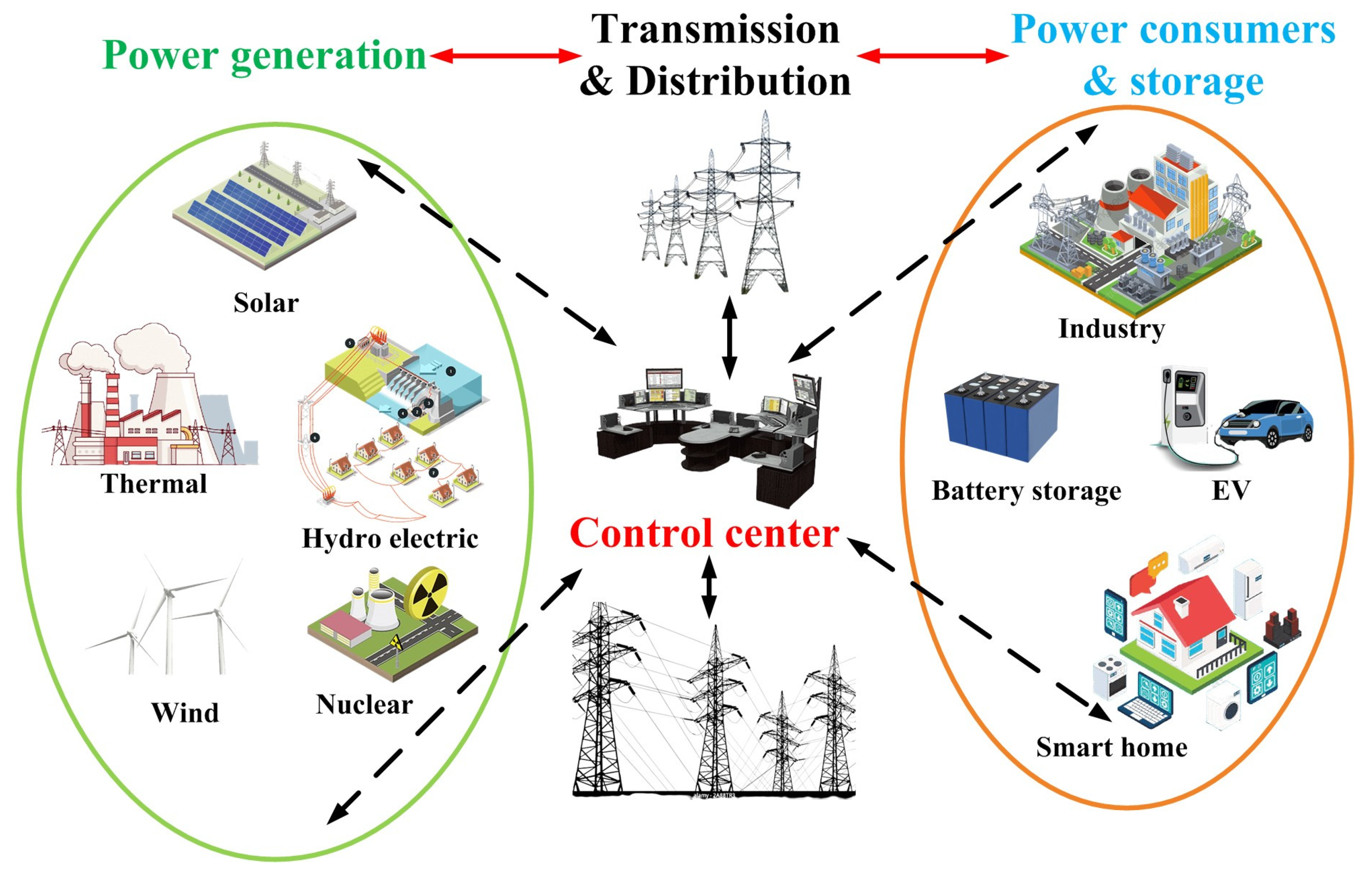
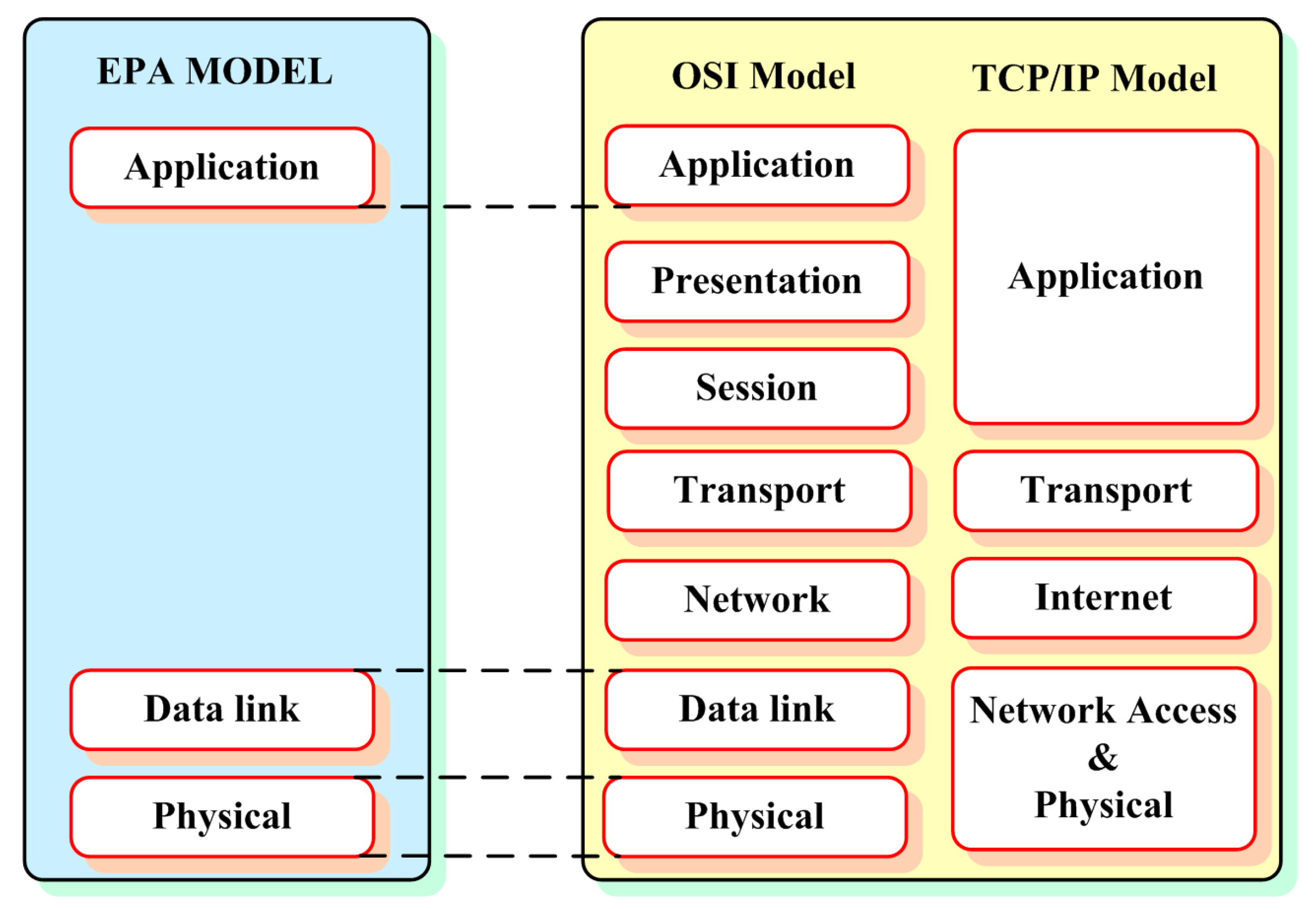
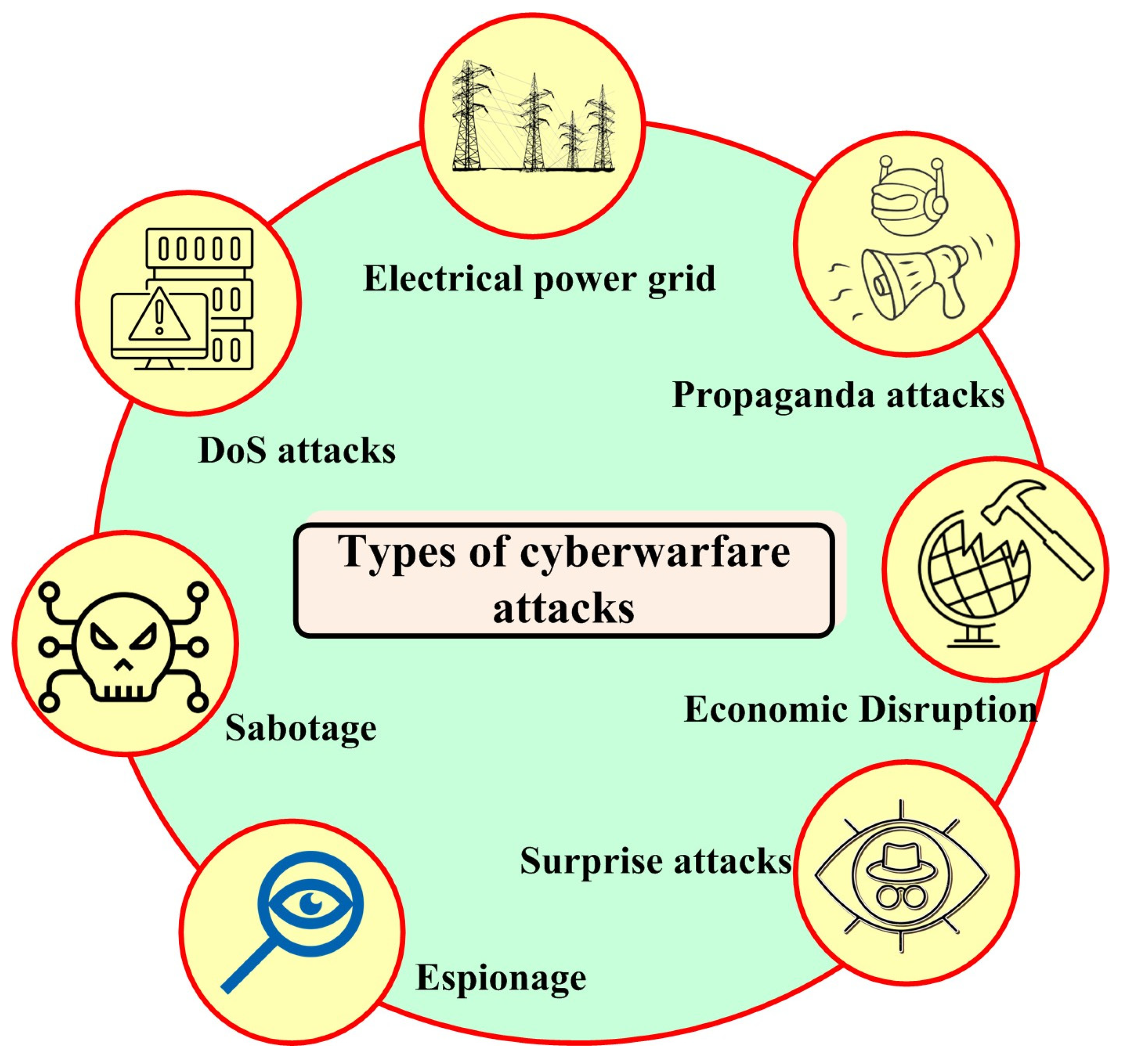
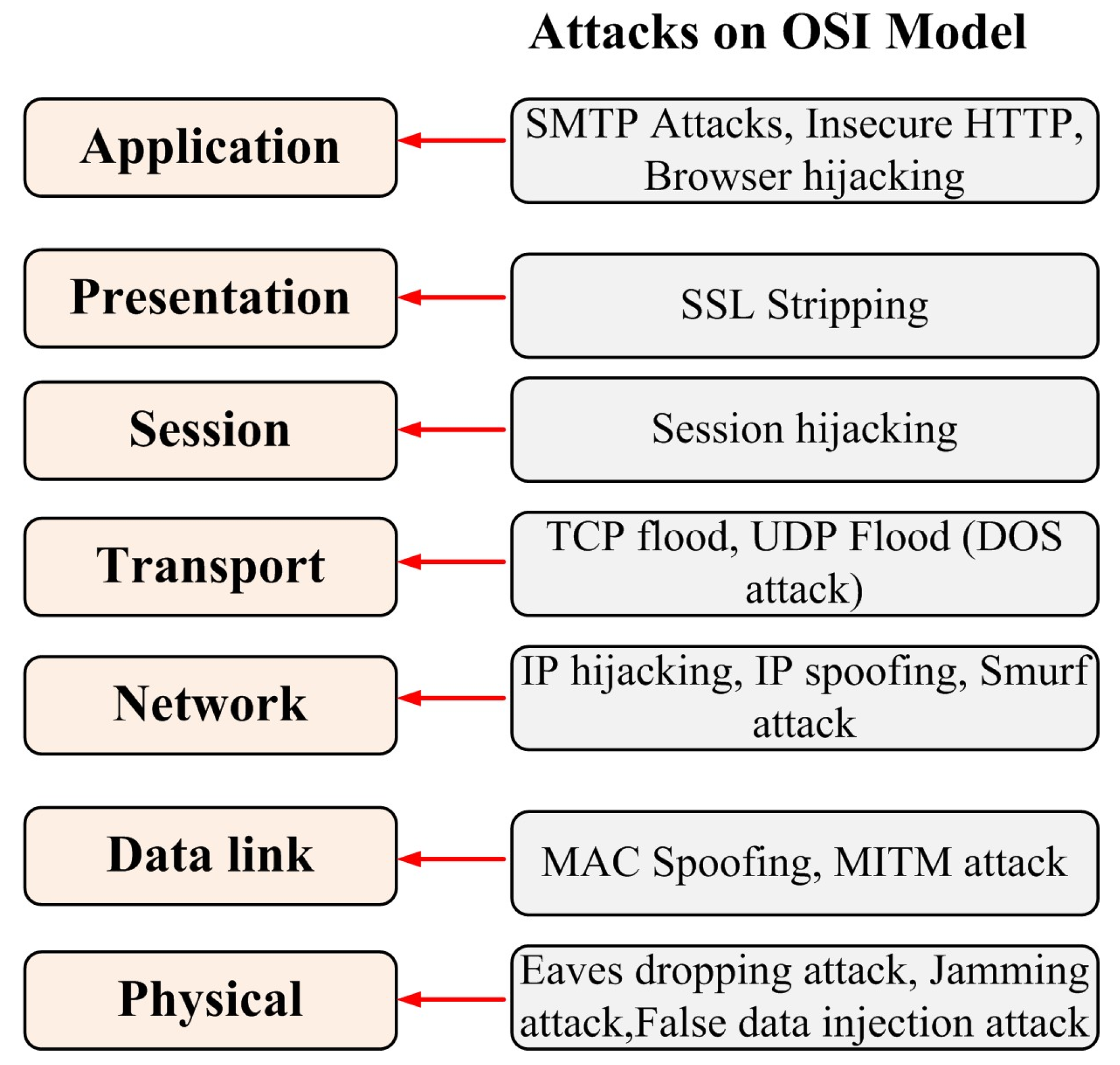

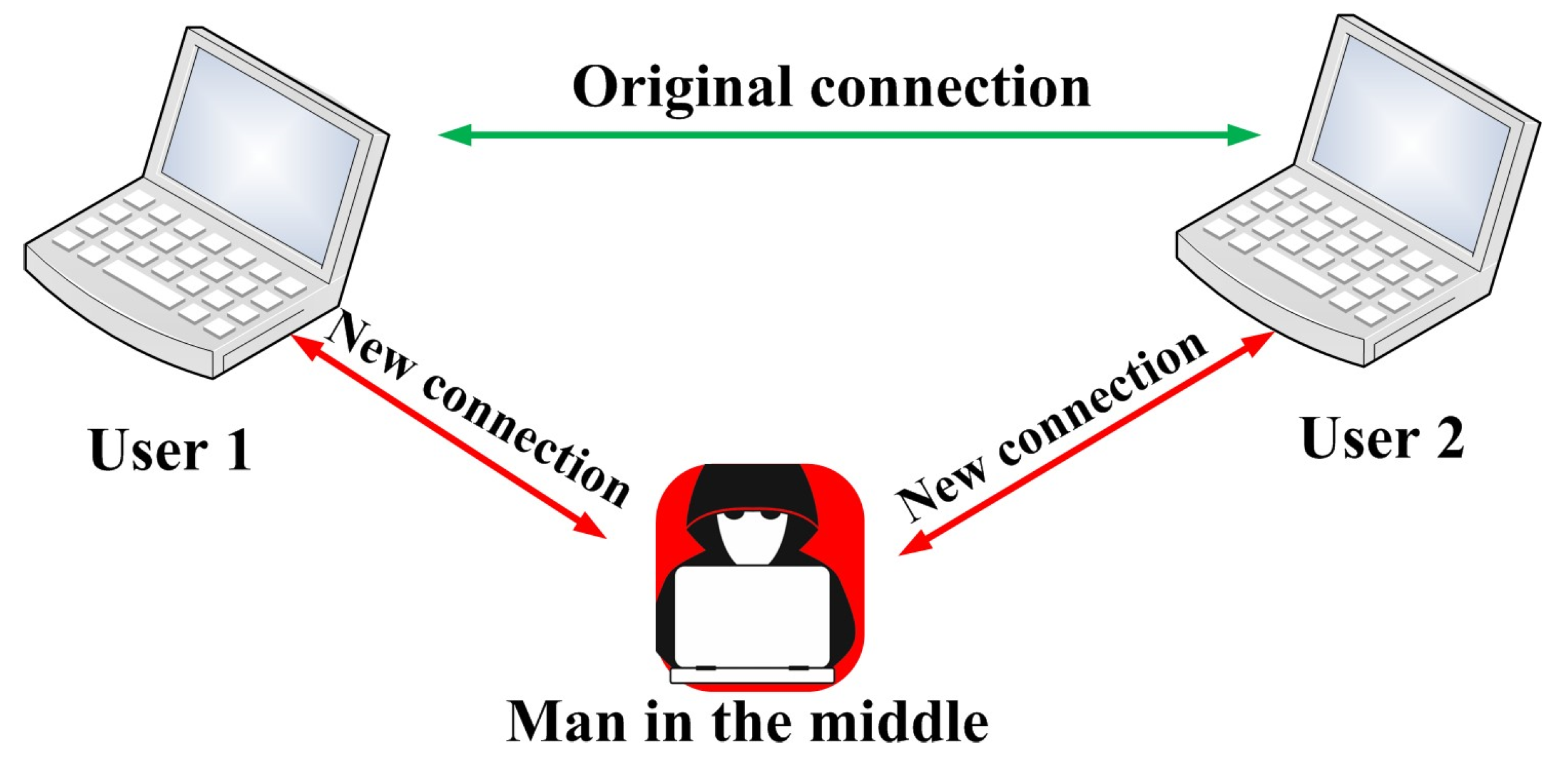
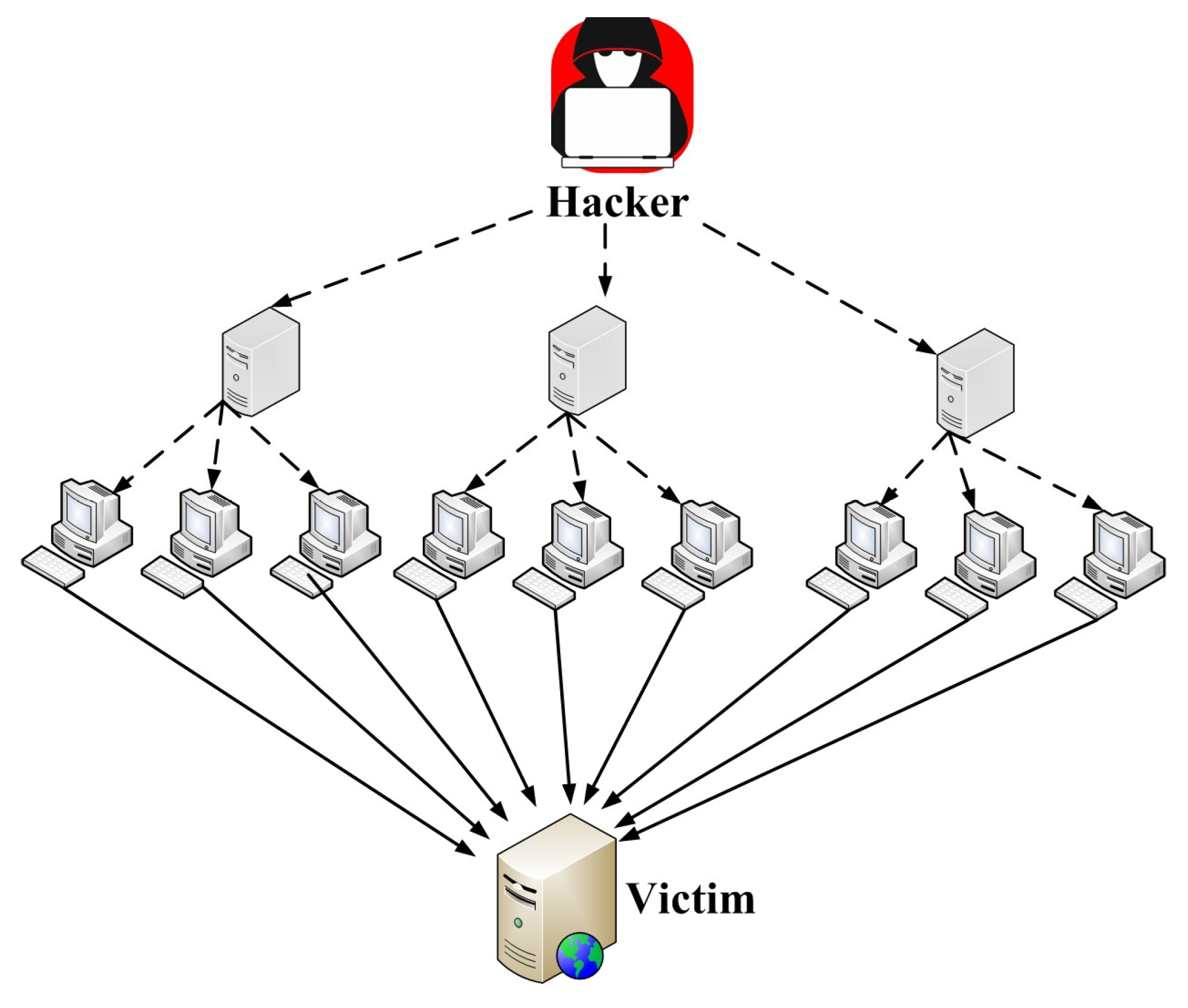
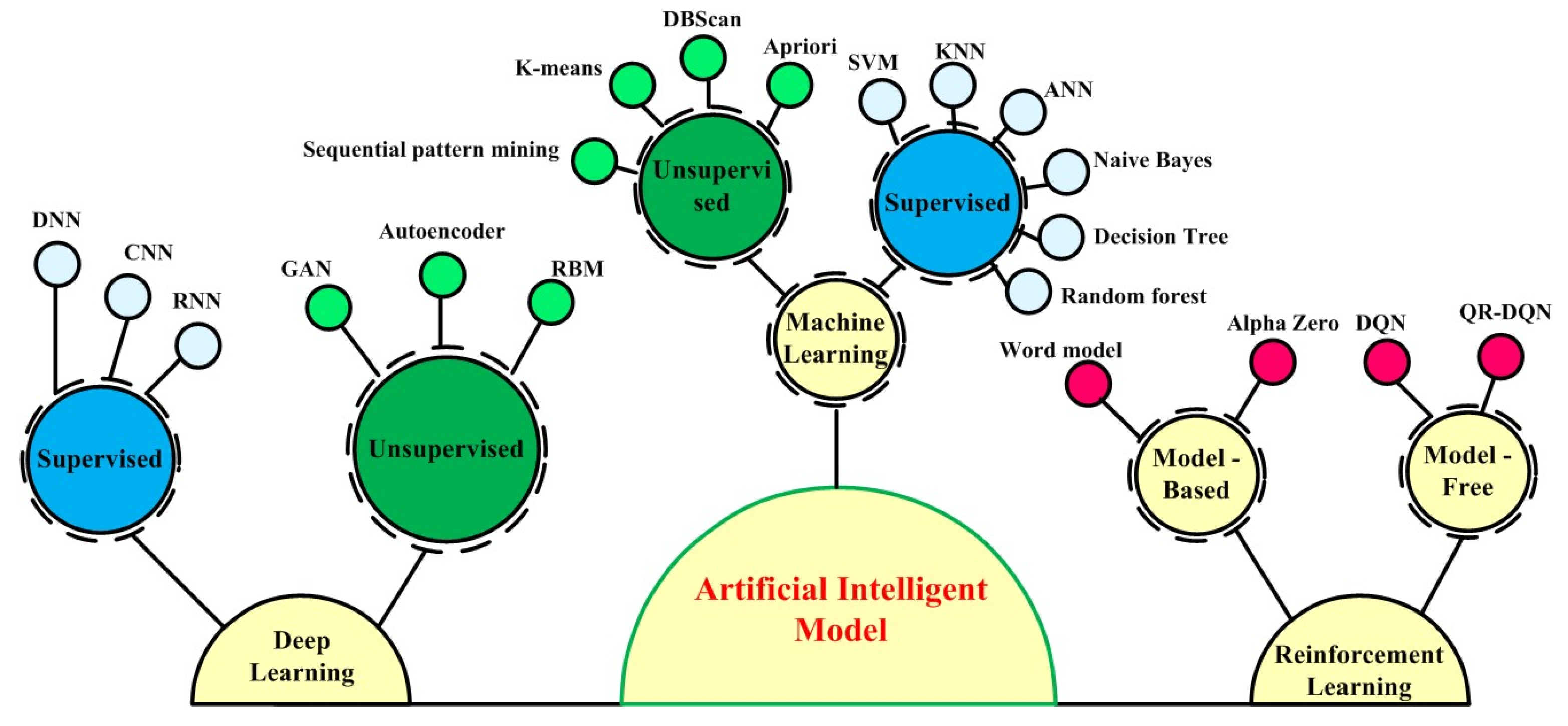
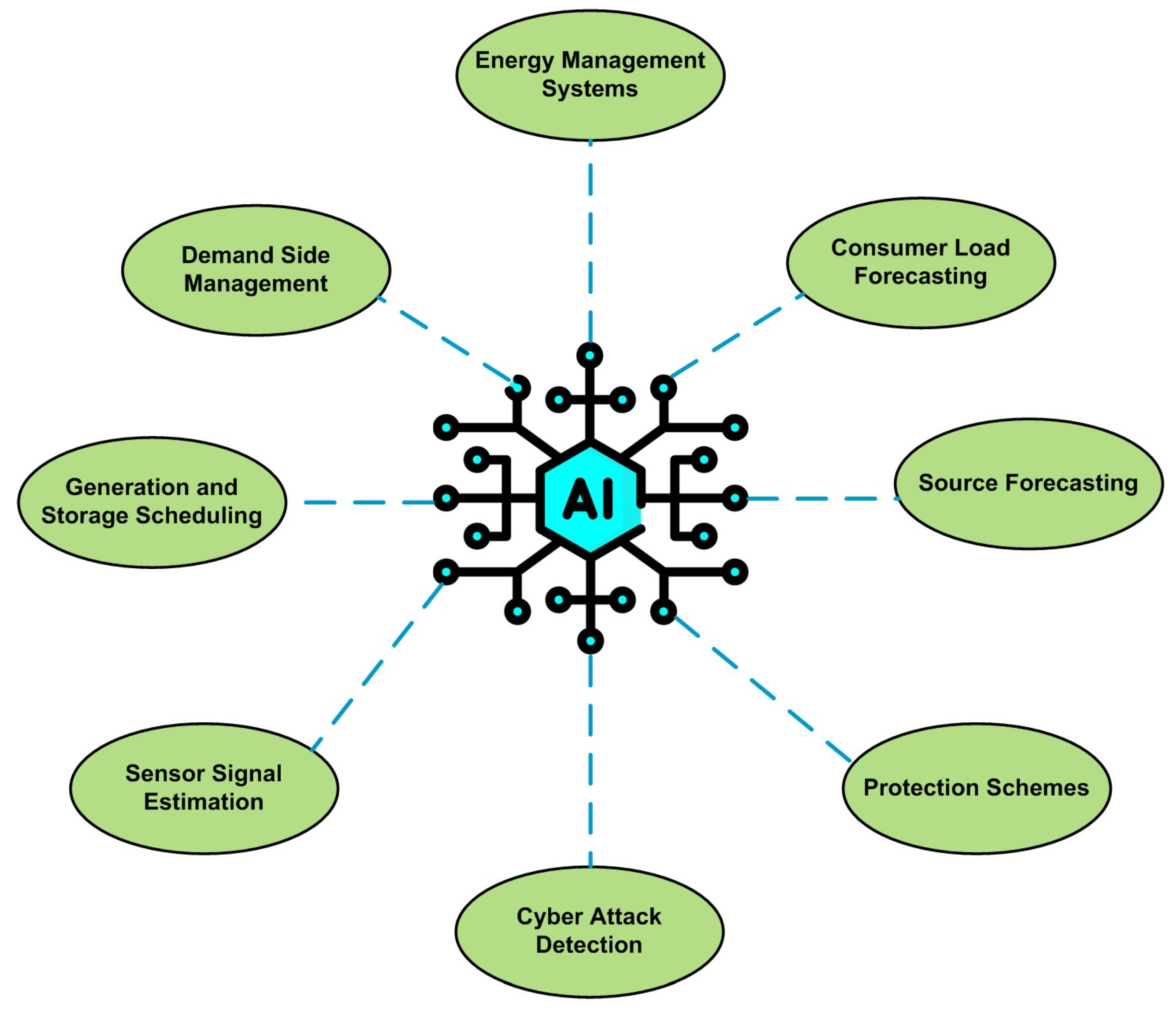
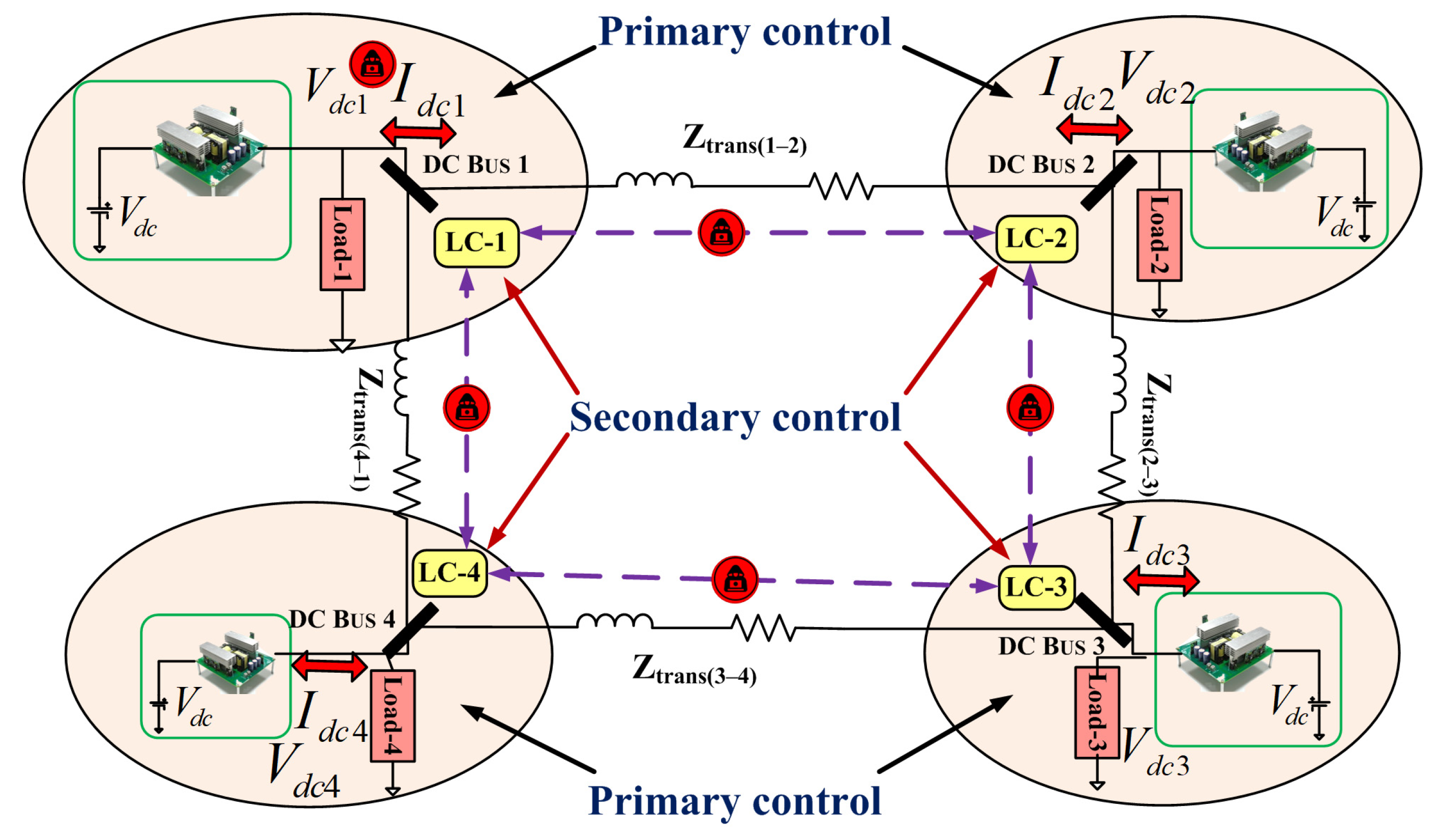
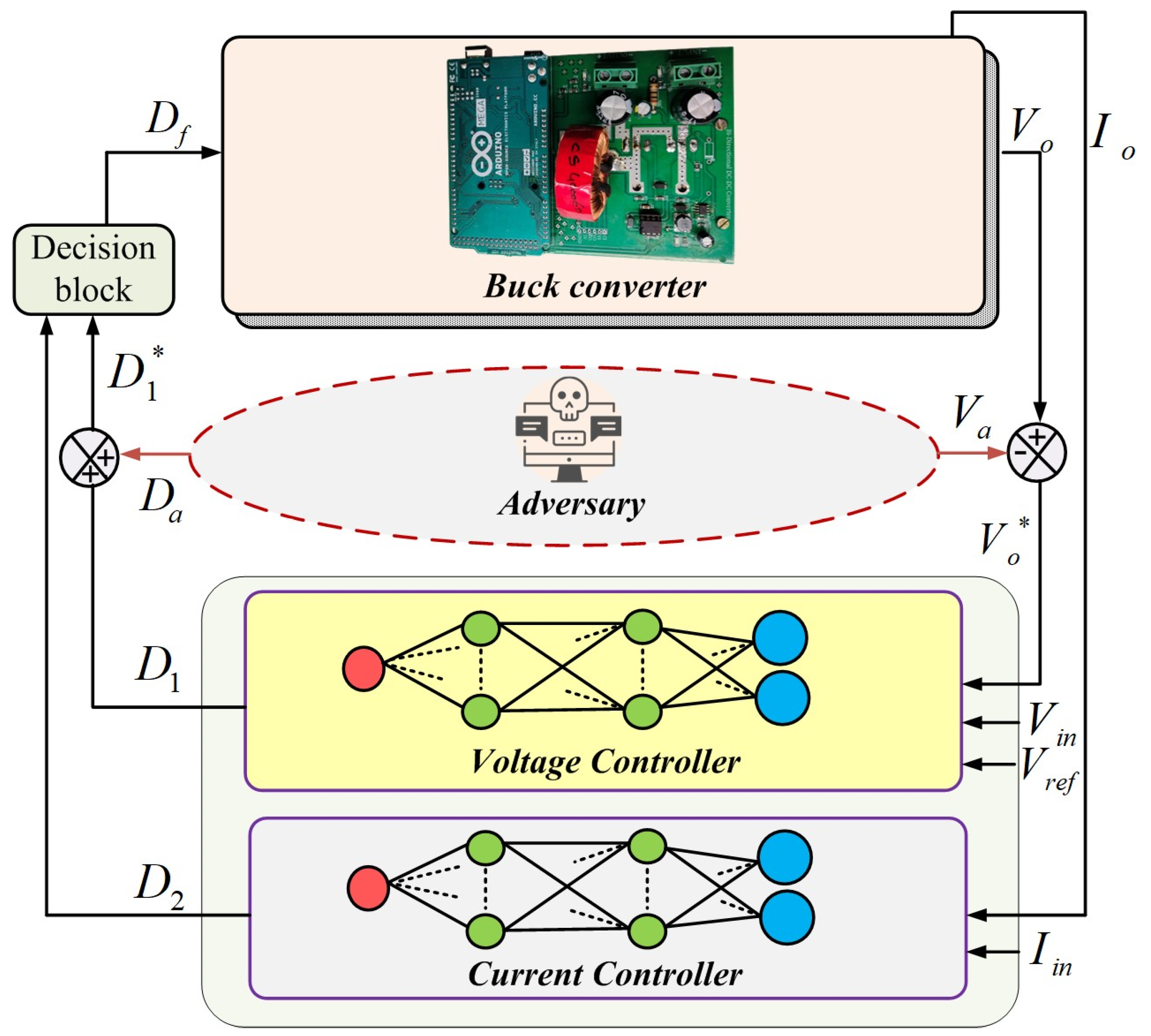
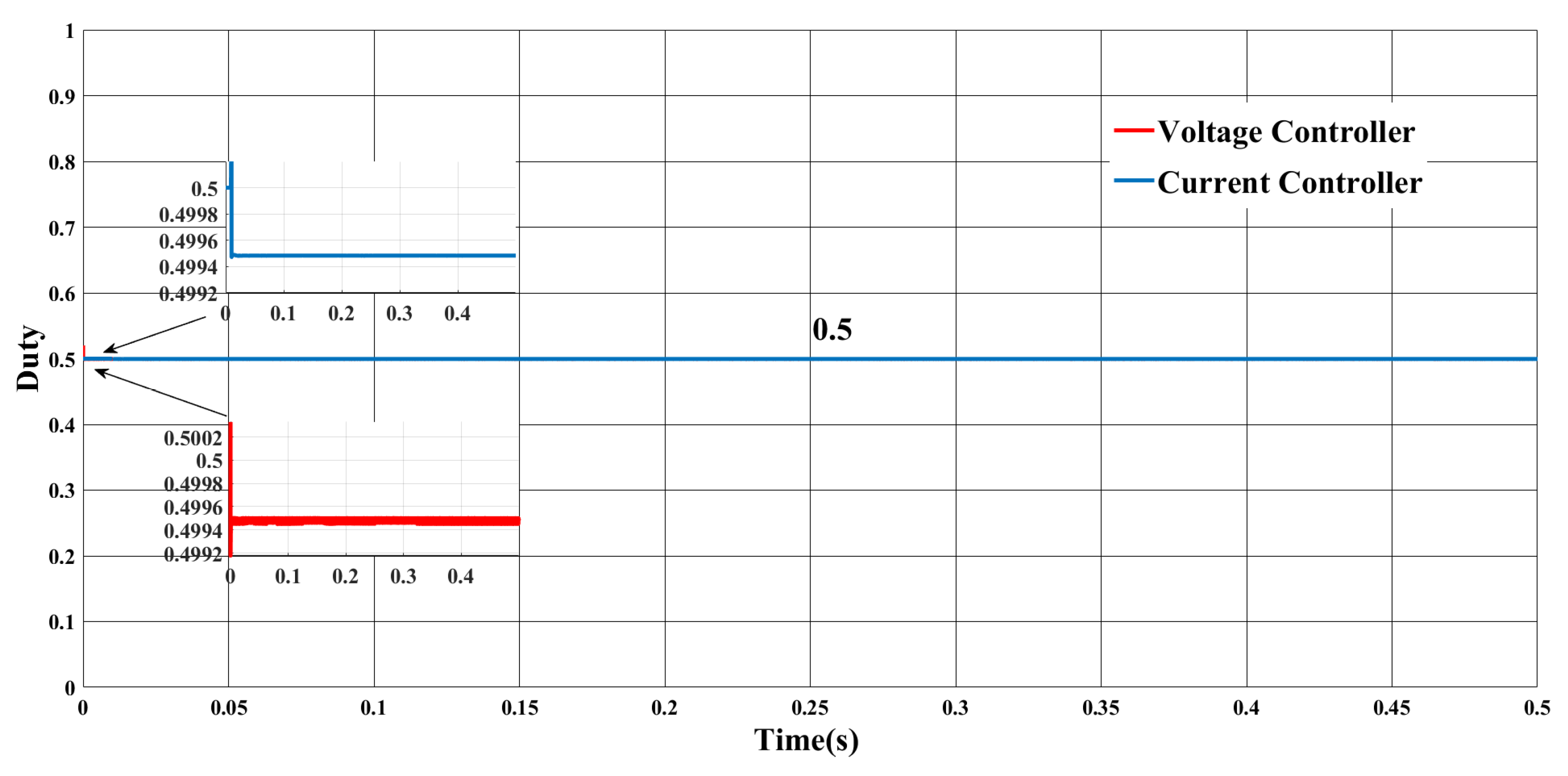
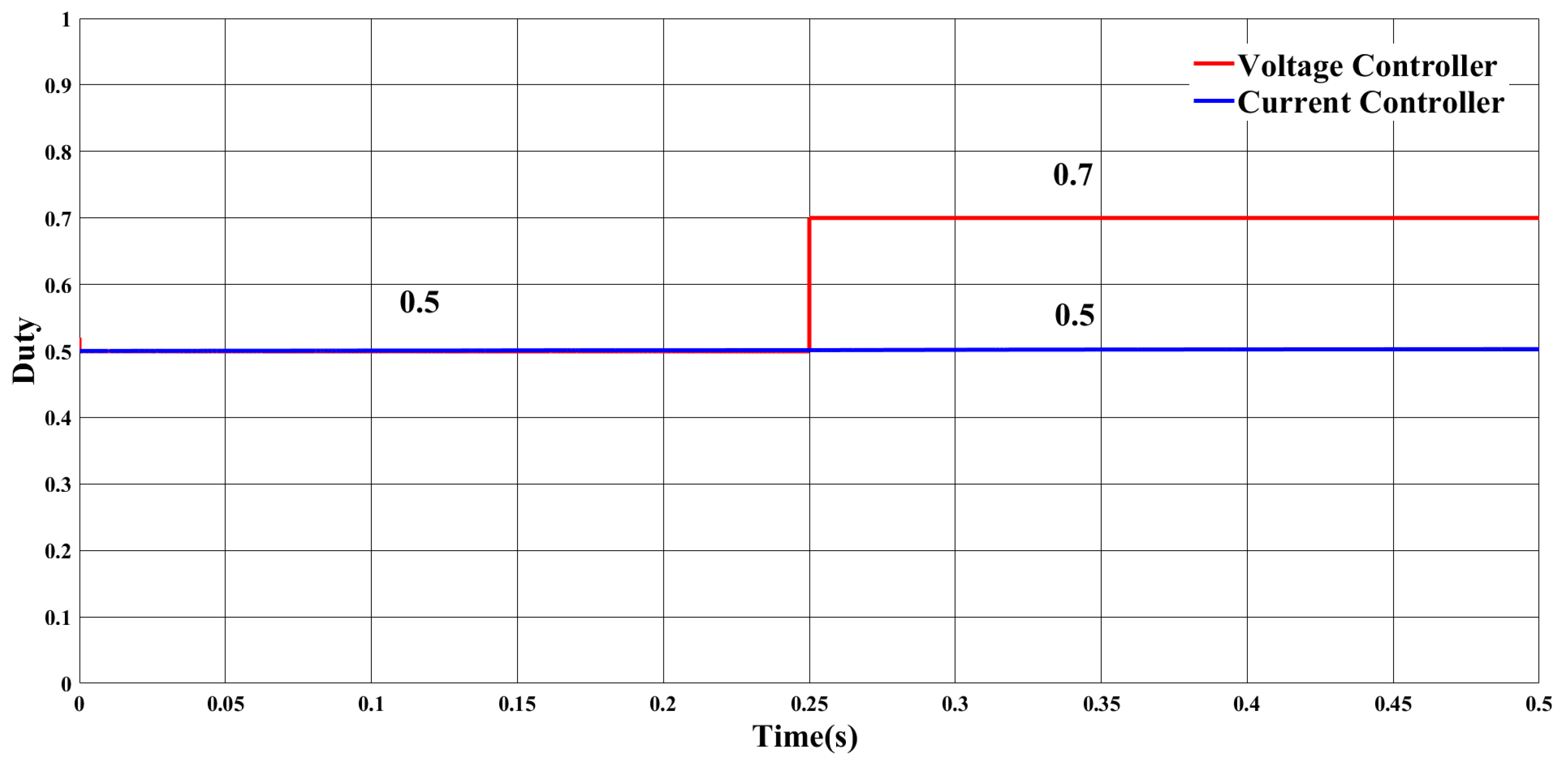
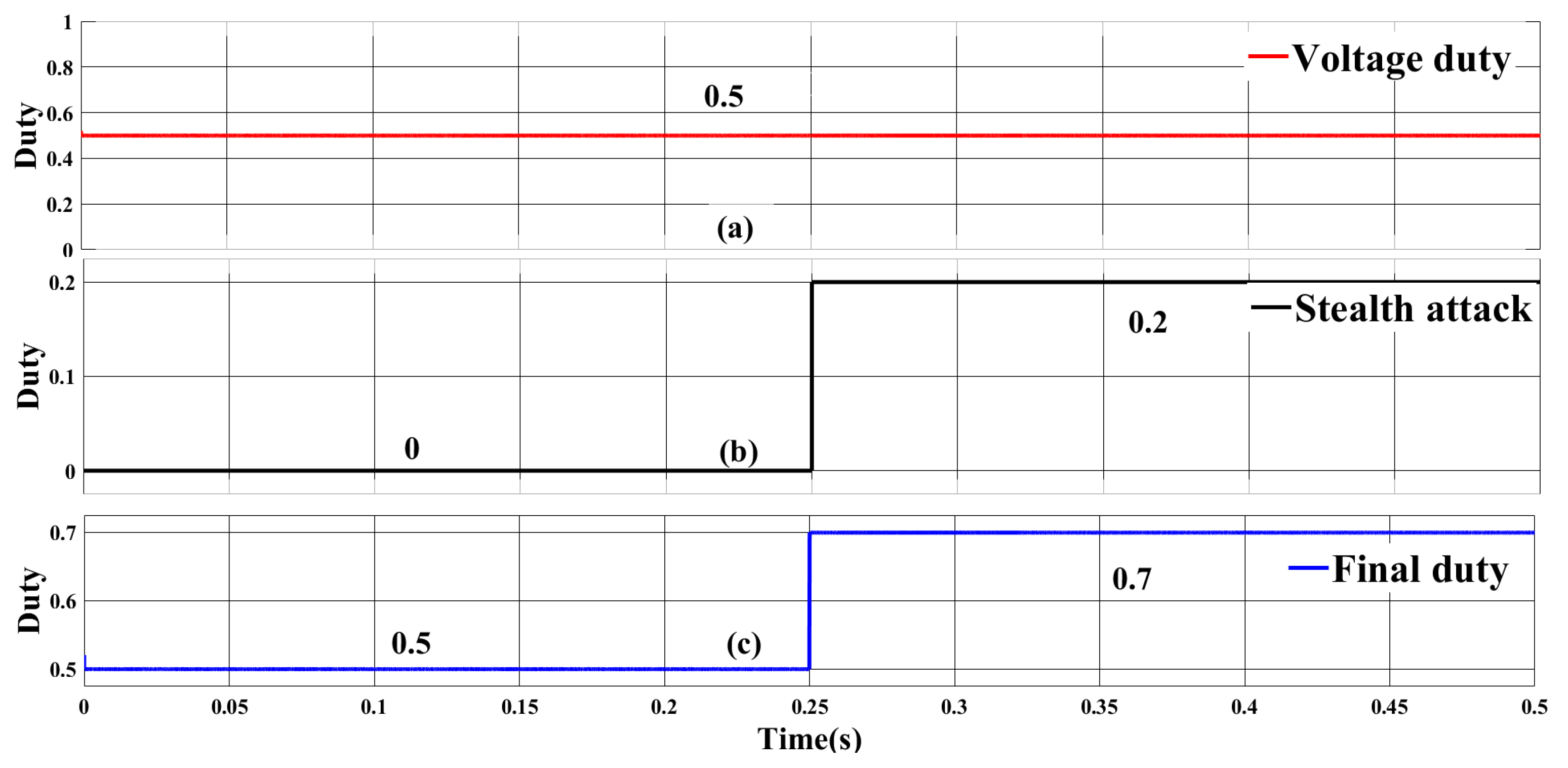
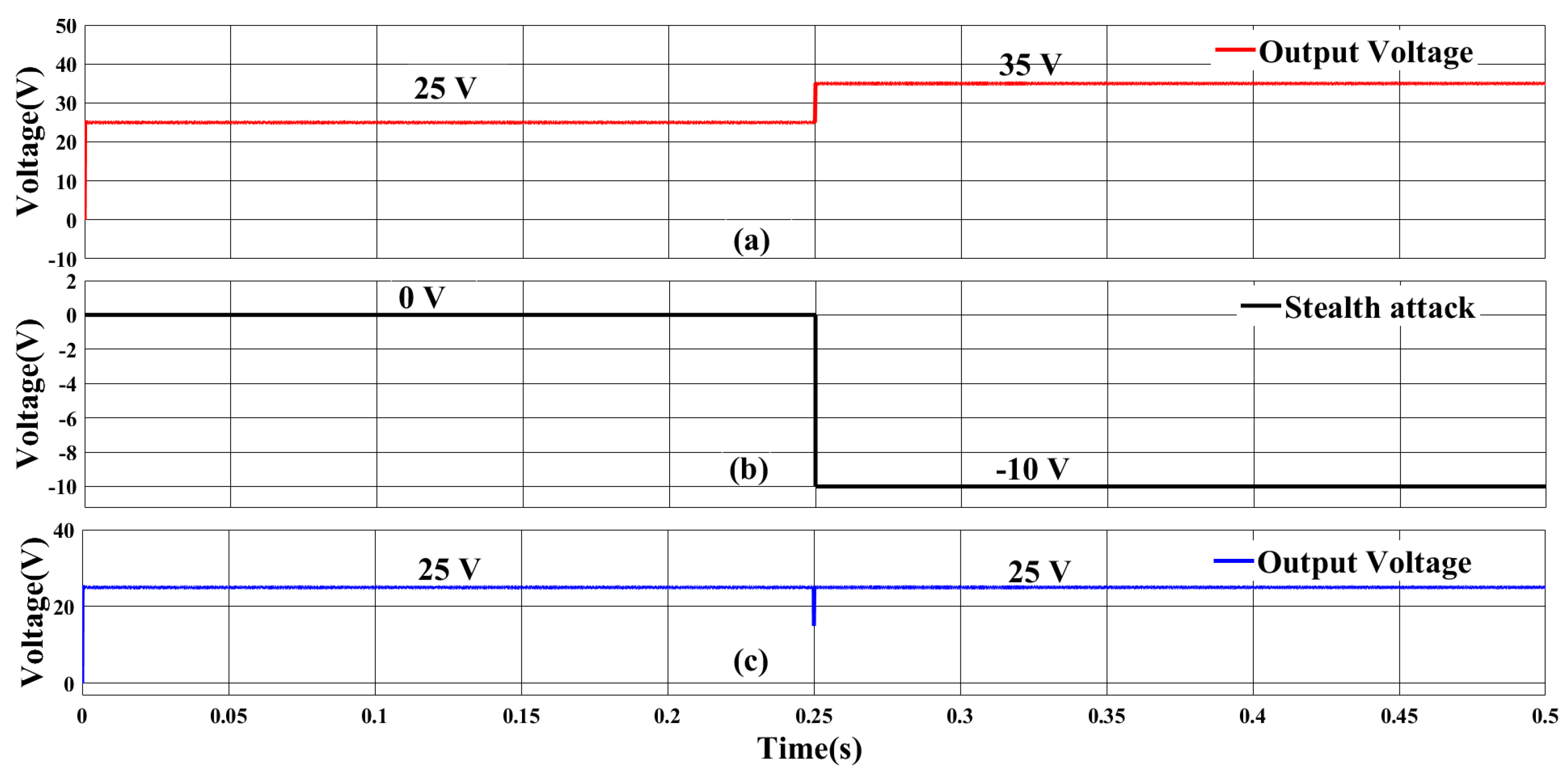
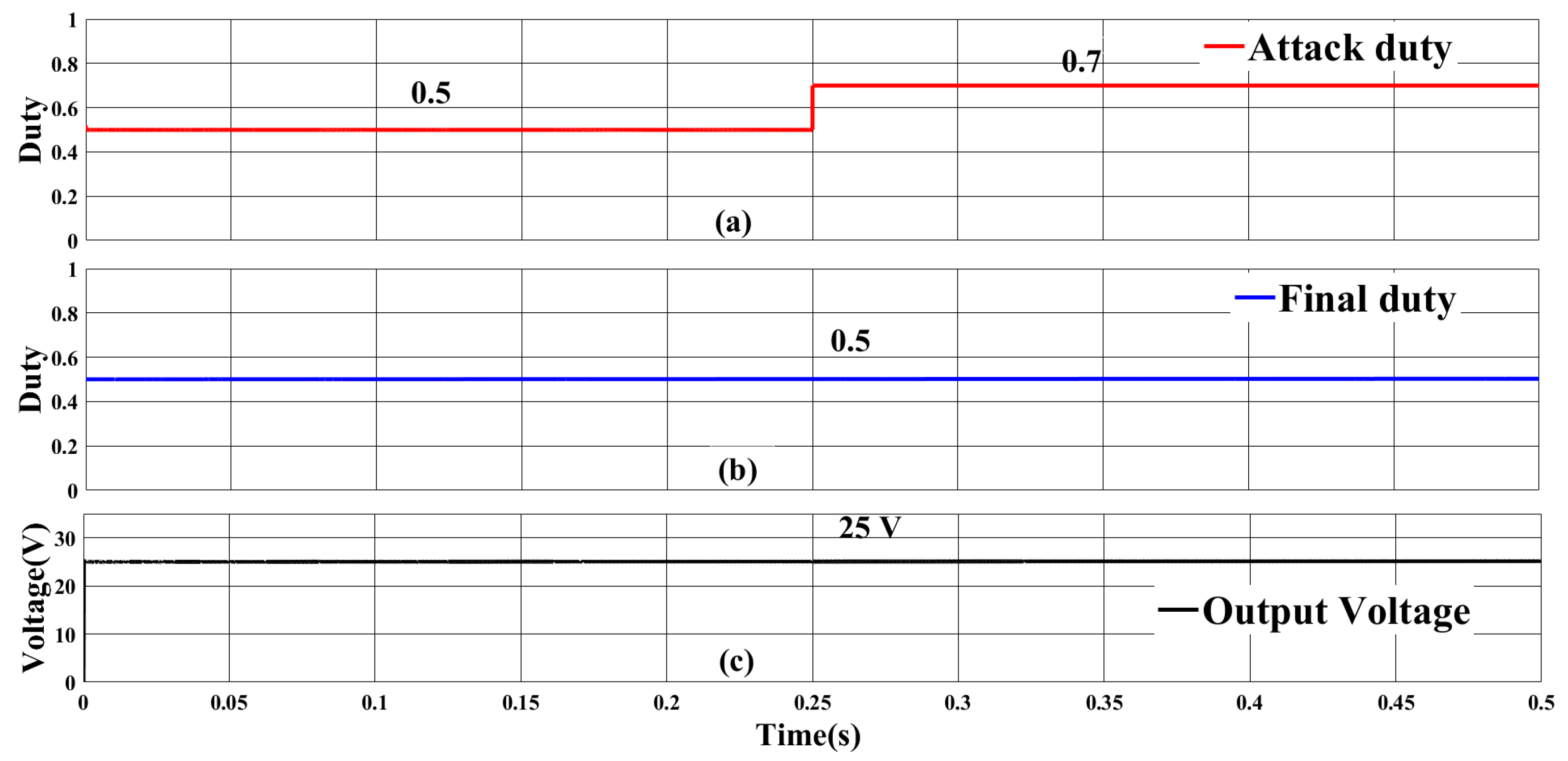
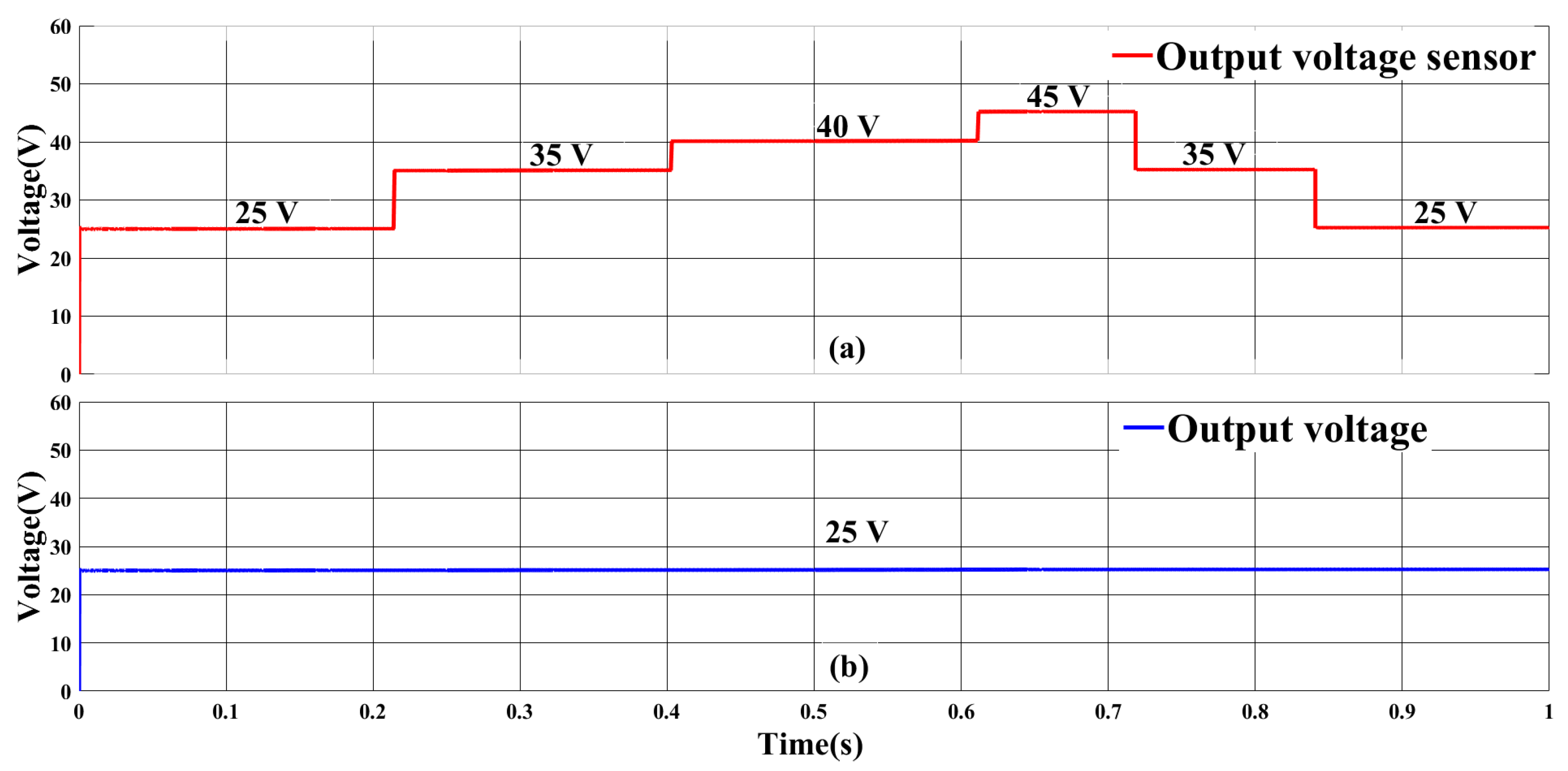
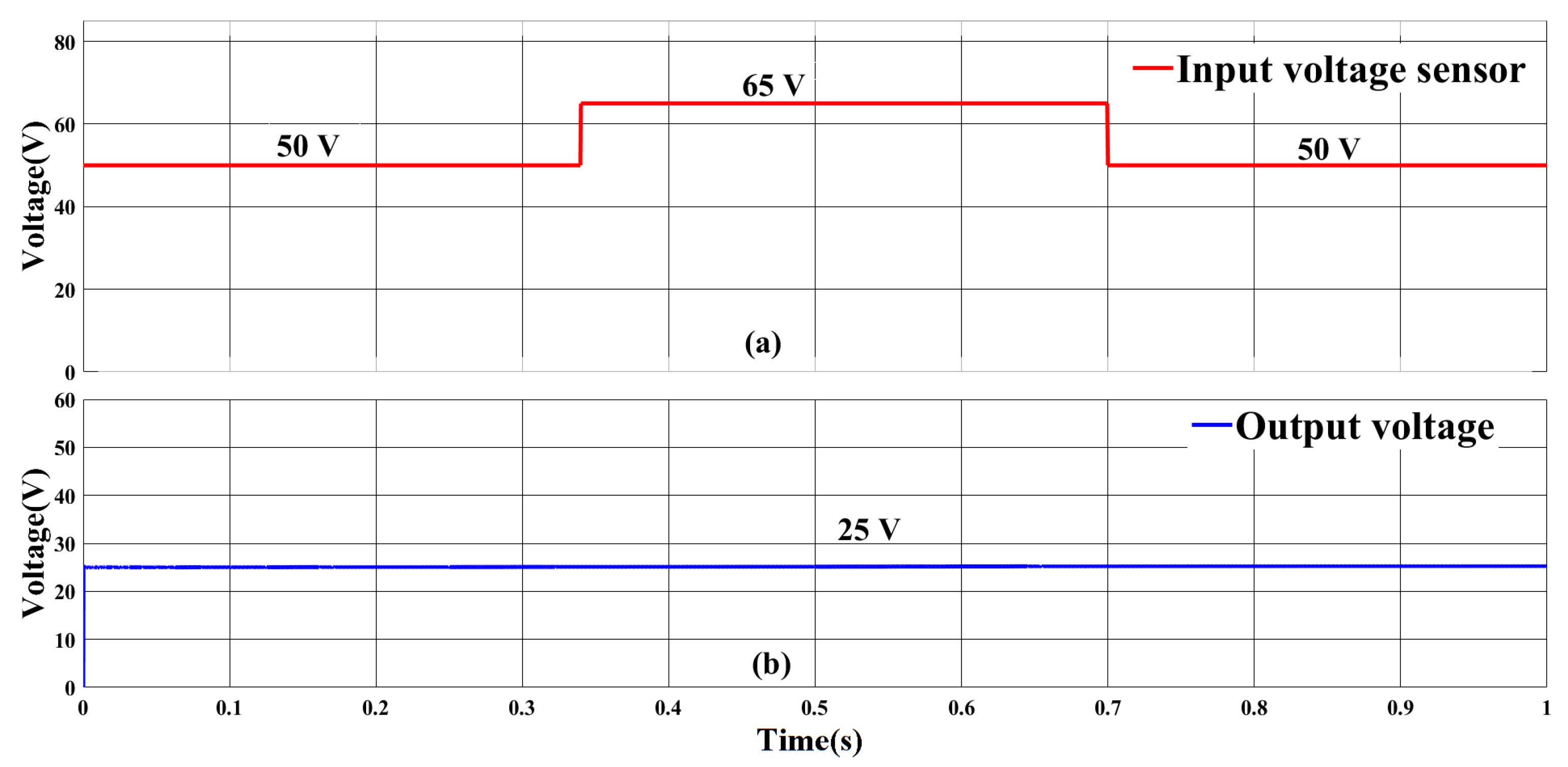
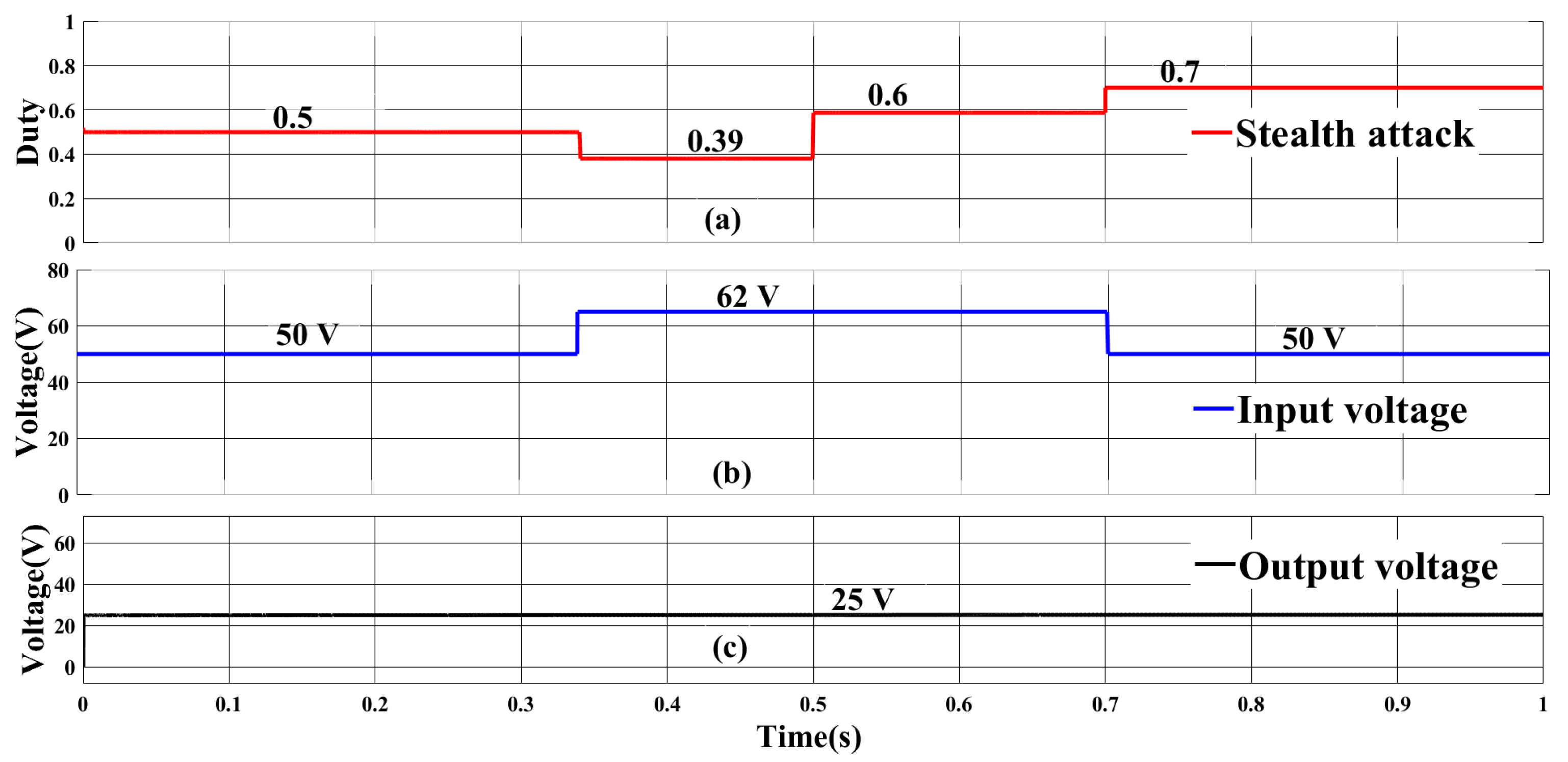
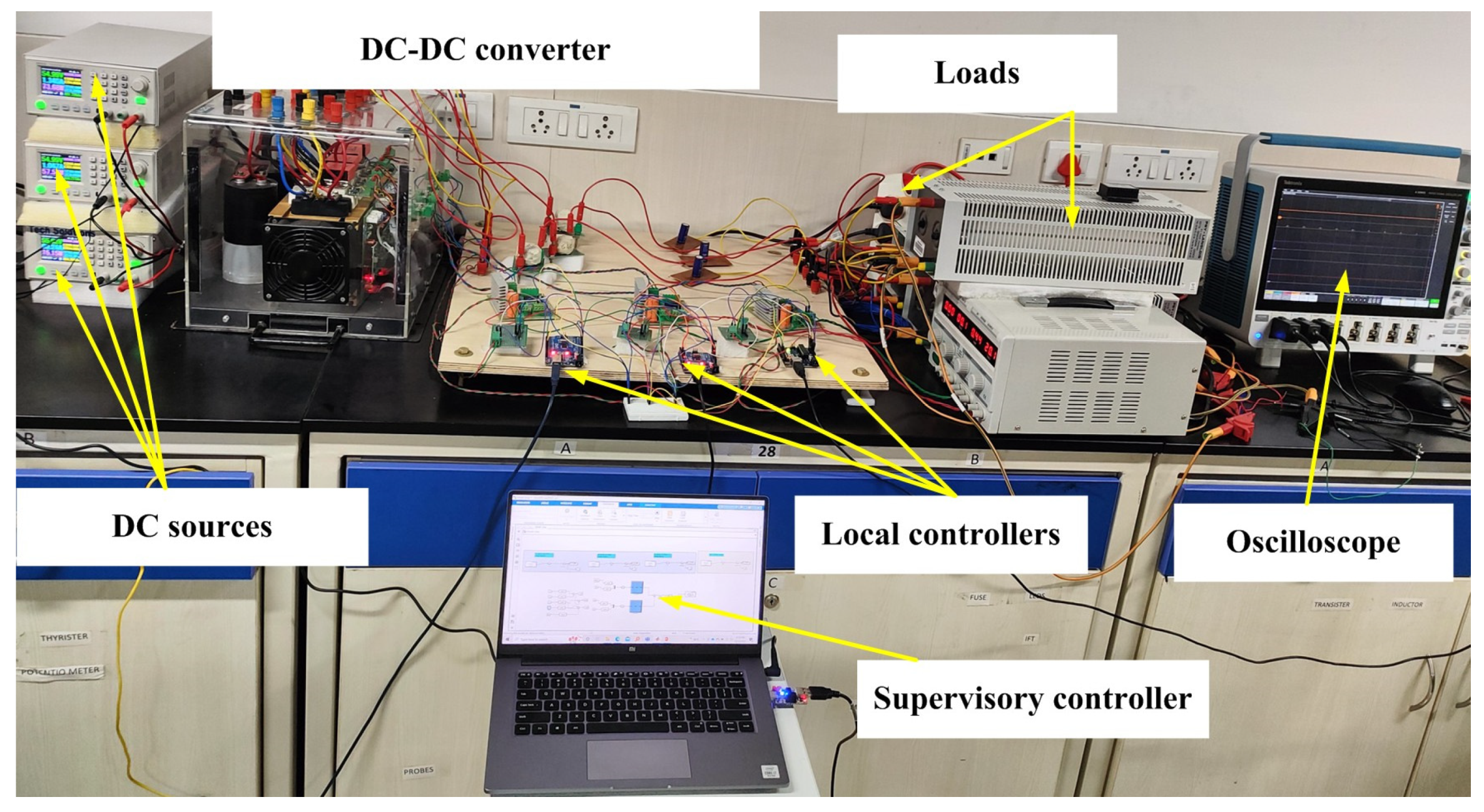
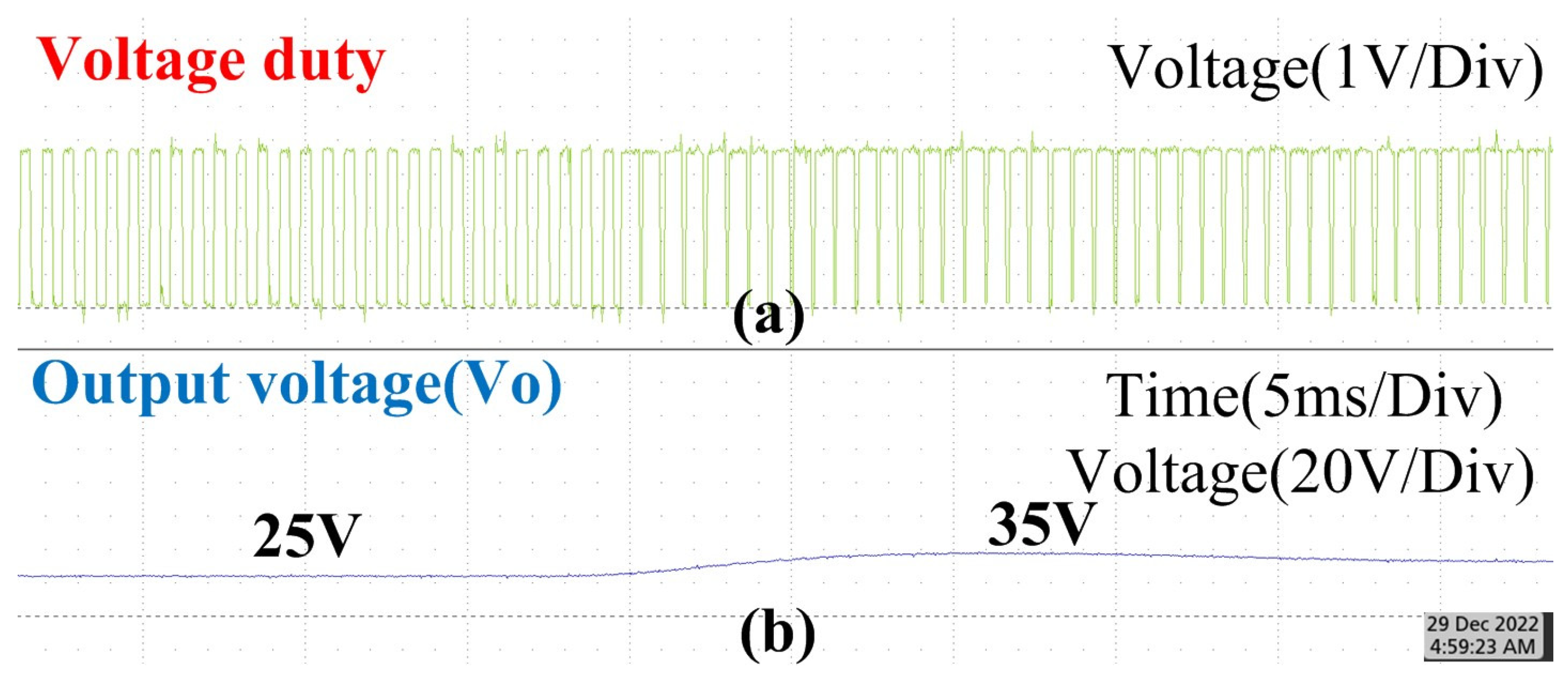
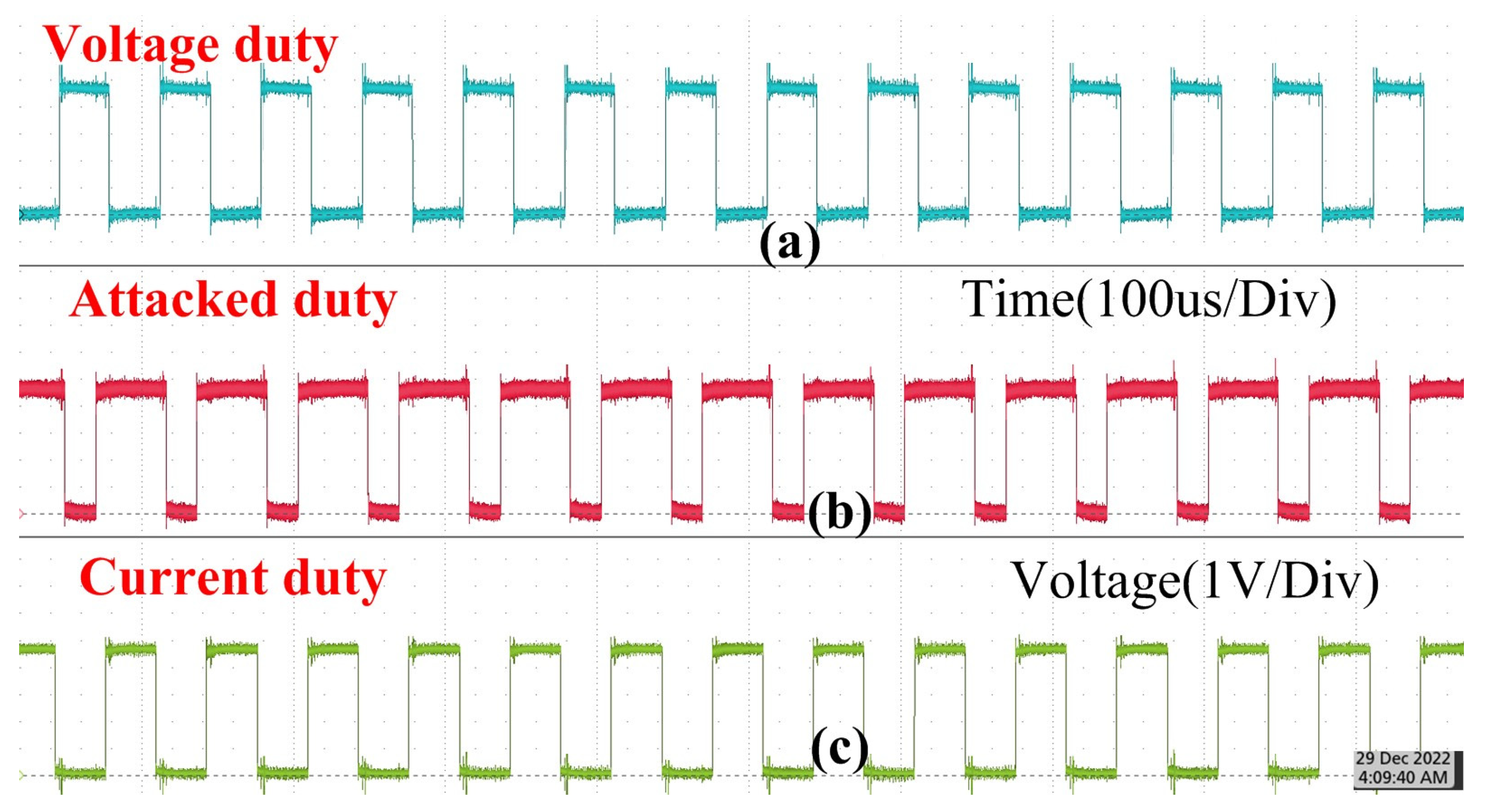

| Ref. | Cyber Attack | Target | Attack Type |
|---|---|---|---|
| [24] | Estonian cyber attacks (27 April 2007) | Estonian websites, parliament, banks, ministers | DDoS attacks through ping folds and botnets |
| [25,26] | Russo–Georgian War (20 July 2008) | Websites of Georgia, Russia, South Osettin and Azerbaijani | DoS |
| [27] | South Korea cyber attacks (2009) | Websites of major media, financial websites of South Korea and US | DDoS, activation of botnets |
| [28] | Attacks on the US Department of Defence (2008) | US military computers | Malware |
| [29] | GhostNet (March 2009) | Spying on political and economic locations of India, Indonesia, Romania and many South Asian countries | Cyber espionage, Advanced, persistent threat |
| [30] | Titan rain (2003) | US defense contractor computer networks | State-sponsored advance persistent threat |
| [31] | Shadow network | Targeting classified information of India gov ernment | Malware, cyber spying |
| [18] | Iran nuclear power plant attack (2010) | 200,000 computers and 1000 machines are affected | Stuxnet |
| [19] | Aramco cyber attack (2012) | 30,000 Aramco workstations are affected | Shamoon |
| [20,21,22] | Ukraine power grid attack (2015) | Power outage for 230,000 people | BlackEnergy 3 malware |
| [23] | Kyiv energy distribution network (2016) | Blackout for 1 h | Industroyer malware |
| [32] | US oil resource attack (2021) | Halted working of oil pipelines for 17 states in US | Darkside malware |
| [33] | Natanz nuclear plant attack (2021) | Destruction of centrifuges | Stuxnet |
| Cyber Attack | Confidentiality | Integrity | Availability |
|---|---|---|---|
| Data injection | × | ✓ | ✓ |
| Eavesdropping | × | ✓ | ✓ |
| Masquerading | × | ✓ | ✓ |
| Sniffing | × | ✓ | ✓ |
| Social engineering | × | ✓ | ✓ |
| Traffic analysis | × | ✓ | ✓ |
| Unauthorized access | × | ✓ | ✓ |
| False data injection | ✓ | × | ✓ |
| Load drop attacks | ✓ | × | ✓ |
| Replay attacks | ✓ | × | ✓ |
| Spoofing | ✓ | × | ✓ |
| Time synchronization | ✓ | × | ✓ |
| Worm hole | ✓ | × | ✓ |
| Buffer overflow | ✓ | ✓ | × |
| Denial of service | ✓ | ✓ | × |
| Low rate DoS | ✓ | ✓ | × |
| Smurf | ✓ | ✓ | × |
| Teardrop | ✓ | ✓ | × |
| Ref. | Algorithm | Objective | Accuracy |
|---|---|---|---|
| [127] | Deep Neural Network | Anomaly detection for DoS attacks, deception attacks and injection attacks | Dos attack: 98%, Deception attack: 91.76%, Injection attack: 96.75% |
| [128] | Artificial Neural Network | Cyber attack detection from NSL-KDD dataset and UNSW- NB15 | NSL-KDD: 91%, UNSW-NB15: 96% |
| [129] | LSTM and GRU | Sensor attack detection using deep neural net work | LSTM: 97.3%, GRU: 97.1% |
| [130] | Artificial Neural Network | Intrusion detection | MLP: 90.18%, Linear regression: 89.5% |
| [131] | Deep Neural Network | Detection of FDI attack | 90% |
| [132] | Random forest | Network traffic threat classification using KDD99 dataset | 99% |
| [133] | Gated recurrent unit | Network traffic threat classification using KDD99 dataset | 98.6% |
| [134] | Deep Belief Network | Anomaly detection using KYOTO dataset | 98% |
| [135] | Support Vector Machines | Detection of distributed denial of service attack using DARPA dataset | 95.1% |
| [136] | XGBOOST | Classification of spam emails using ENRON spam | 98.6% |
| [137] | Decision tree | Botnet traffic identification using TCP dataset from Dartmouth University | 97% |
| [138] | DBSCAN | Identify the outliers from KDD-99 dataset and separation of high density clusters from normal clusters | 98% |
| [139] | Sequential Pattern Mining | Identification of attack patterns from DARPA dataset | 93% |
| [140] | Deep belief networks | Malware detection | 96% |
| Specification | Deep Learning Controller |
|---|---|
| Network type | FFBP |
| Activation function | Sigmoid |
| Optimizer | Adam |
| No. of hidden layers | 2 |
| Neurons in each hidden layer | 10 |
| Weight initialization method | Xavier uniform |
| Evaluation metric | RMSE |
| Learning rate | 0.1 |
| No. of epochs | 100 |
| Component | Rating |
|---|---|
| Inductor L | 100 µH |
| Capacitor C | 10 µF |
| Input voltage Vin | 50 V |
| Output voltage Vo | 20–40 V |
| Voltage ripple | 1% of Vo |
| Current ripple | 15% of Io (peak) |
| Load range | 50 W of 200 W |
Disclaimer/Publisher’s Note: The statements, opinions and data contained in all publications are solely those of the individual author(s) and contributor(s) and not of MDPI and/or the editor(s). MDPI and/or the editor(s) disclaim responsibility for any injury to people or property resulting from any ideas, methods, instructions or products referred to in the content. |
© 2023 by the authors. Licensee MDPI, Basel, Switzerland. This article is an open access article distributed under the terms and conditions of the Creative Commons Attribution (CC BY) license (https://creativecommons.org/licenses/by/4.0/).
Share and Cite
Suprabhath Koduru, S.; Machina, V.S.P.; Madichetty, S. Cyber Attacks in Cyber-Physical Microgrid Systems: A Comprehensive Review. Energies 2023, 16, 4573. https://doi.org/10.3390/en16124573
Suprabhath Koduru S, Machina VSP, Madichetty S. Cyber Attacks in Cyber-Physical Microgrid Systems: A Comprehensive Review. Energies. 2023; 16(12):4573. https://doi.org/10.3390/en16124573
Chicago/Turabian StyleSuprabhath Koduru, Sriranga, Venkata Siva Prasad Machina, and Sreedhar Madichetty. 2023. "Cyber Attacks in Cyber-Physical Microgrid Systems: A Comprehensive Review" Energies 16, no. 12: 4573. https://doi.org/10.3390/en16124573
APA StyleSuprabhath Koduru, S., Machina, V. S. P., & Madichetty, S. (2023). Cyber Attacks in Cyber-Physical Microgrid Systems: A Comprehensive Review. Energies, 16(12), 4573. https://doi.org/10.3390/en16124573







